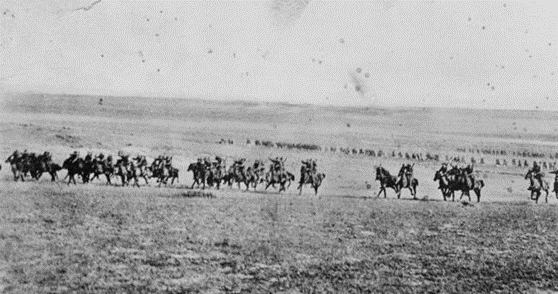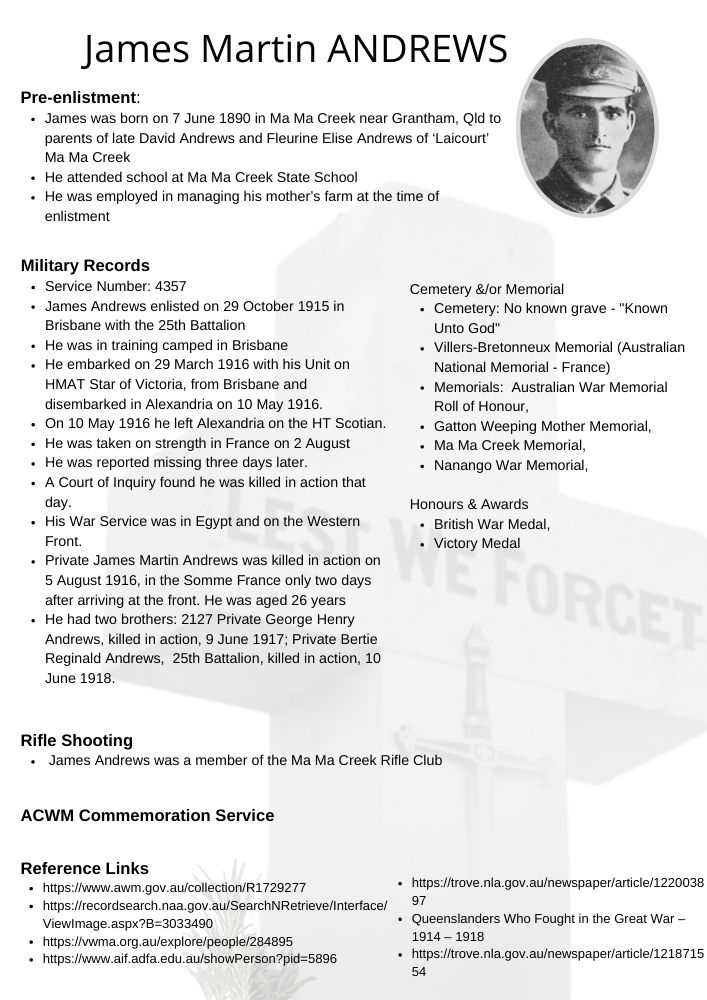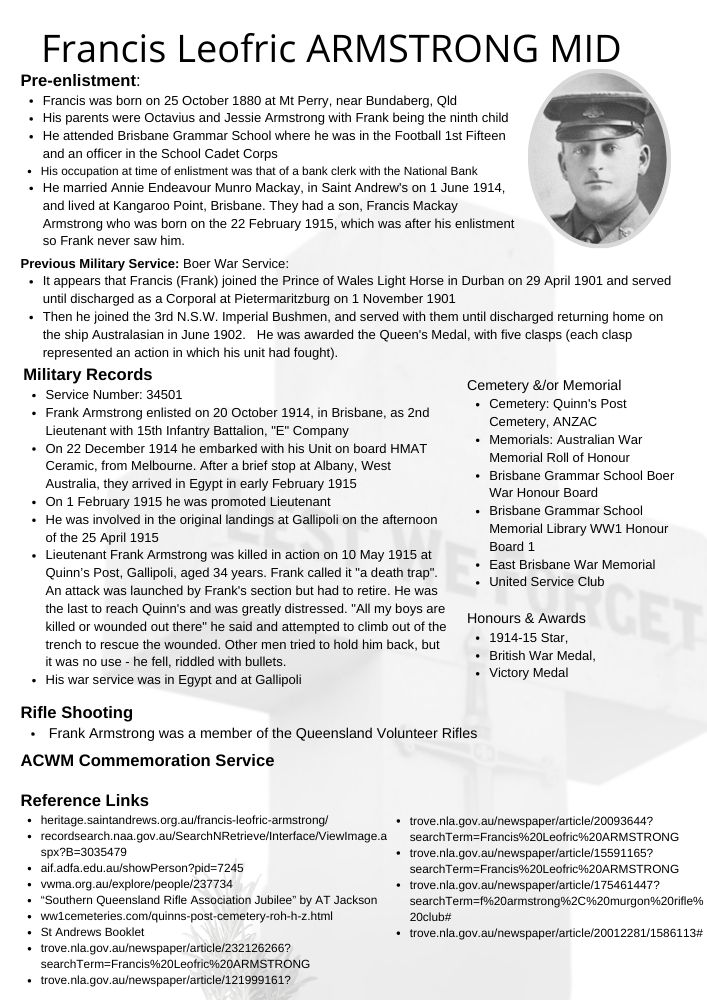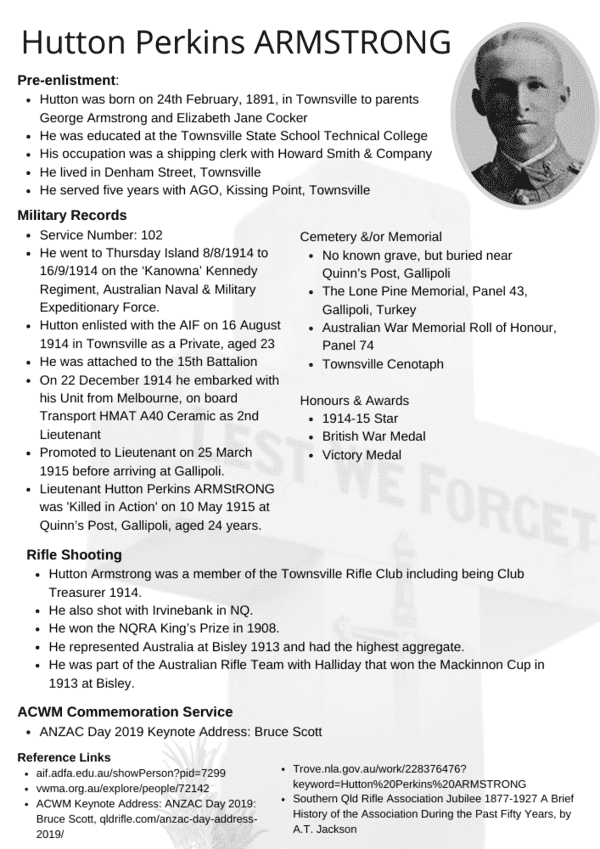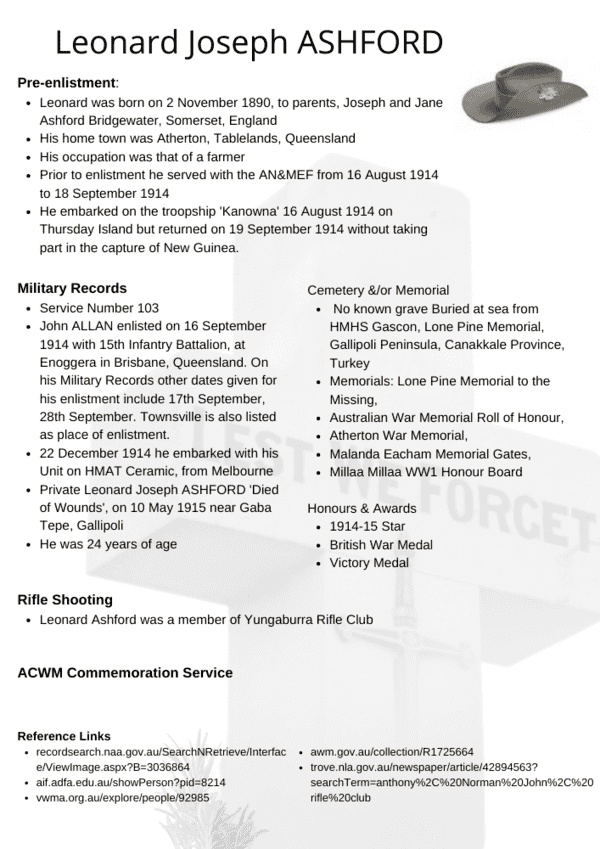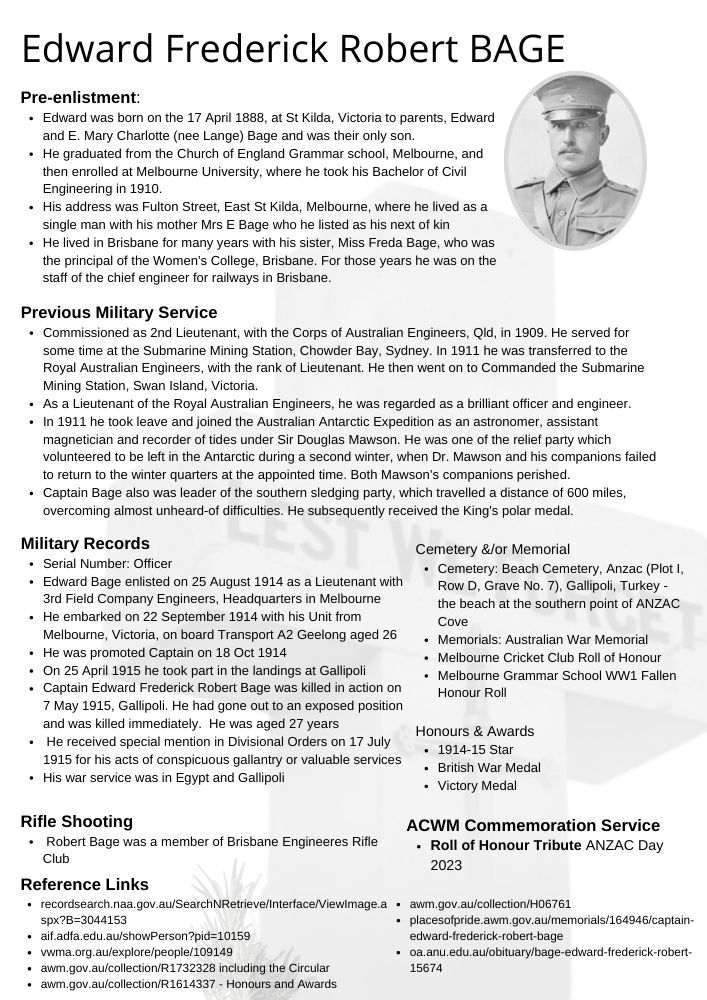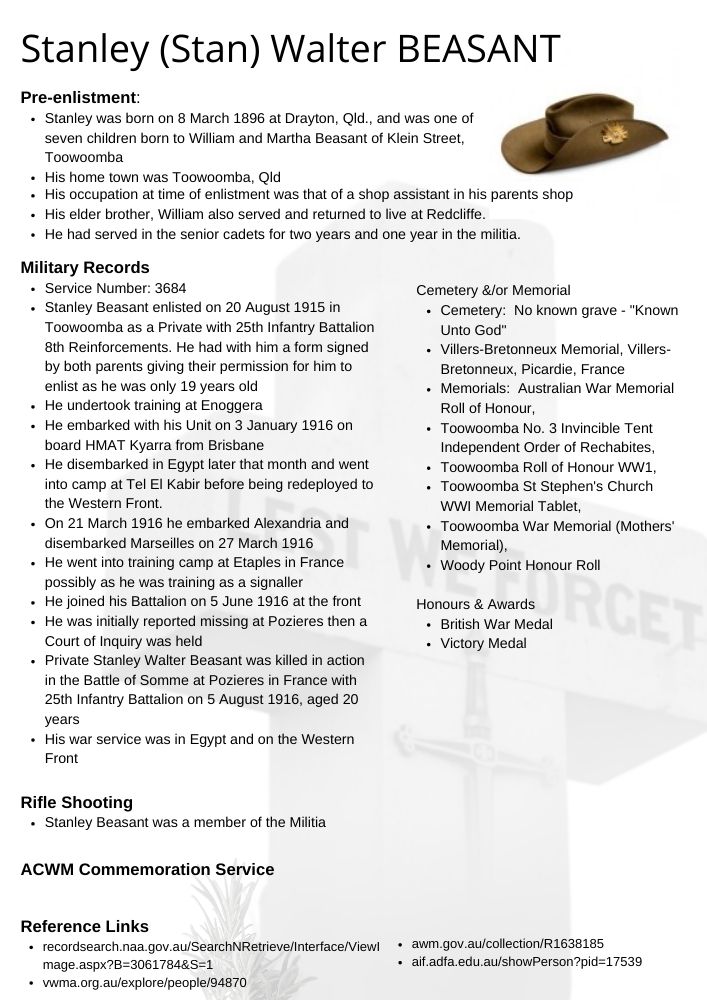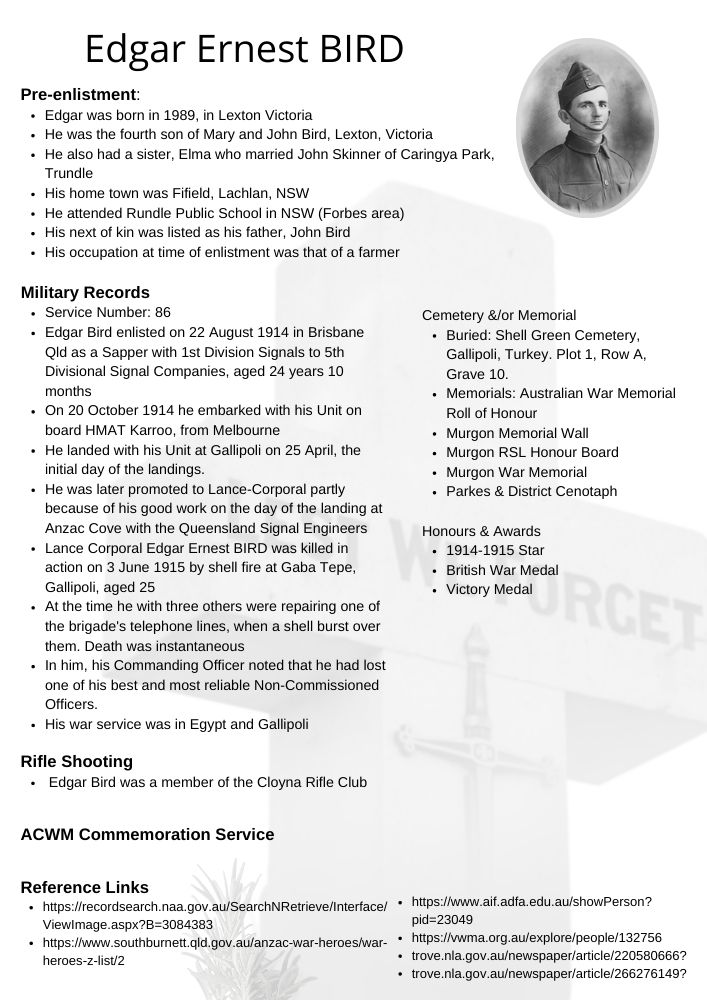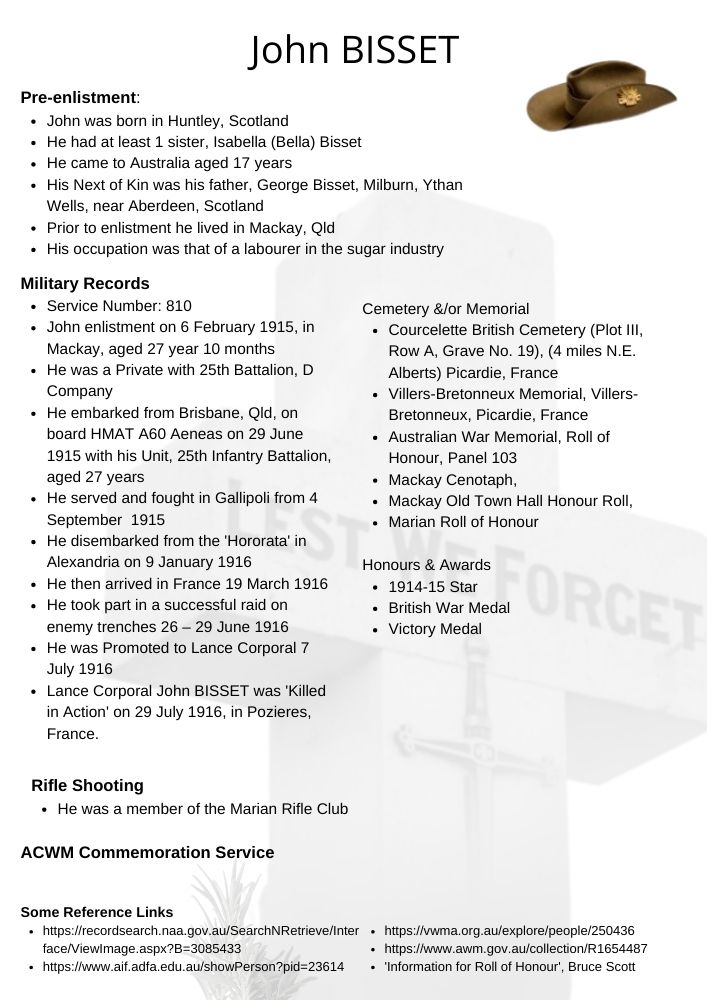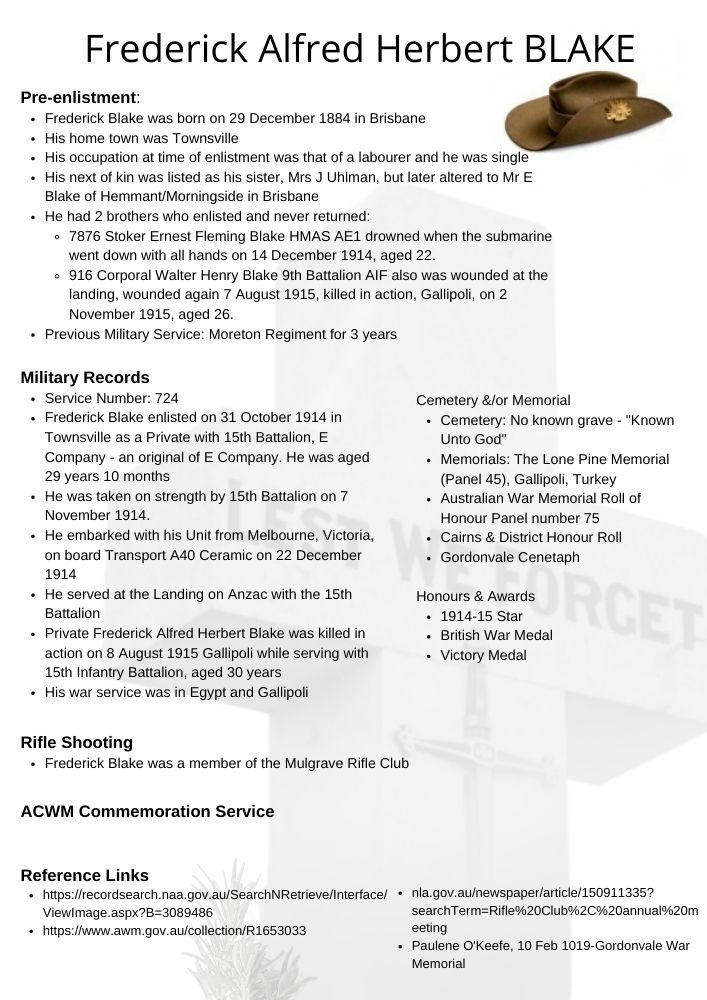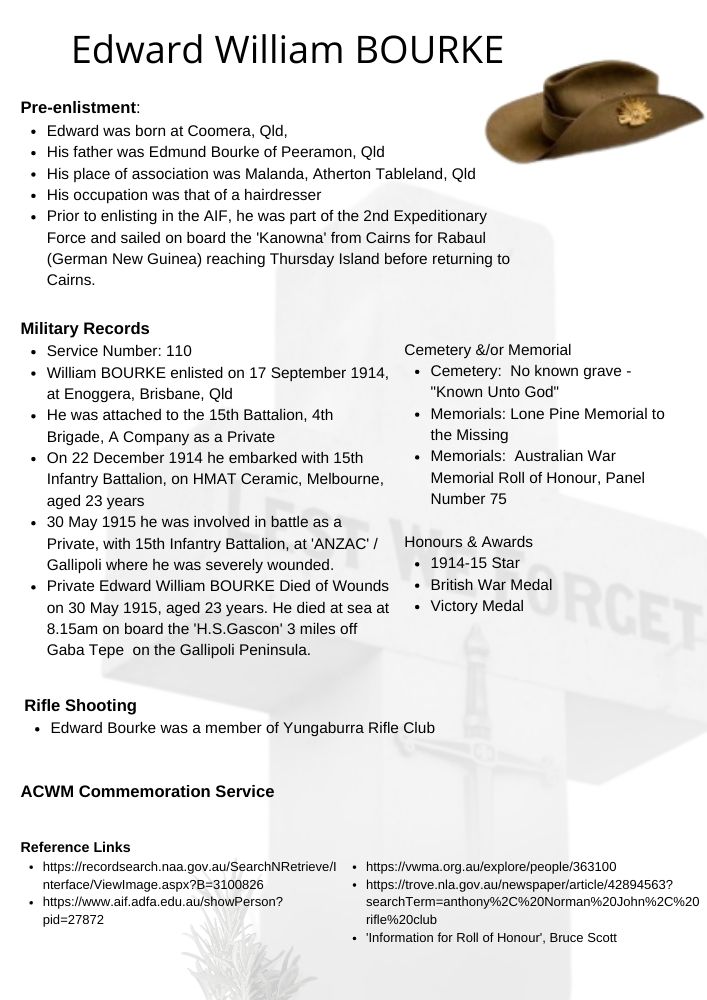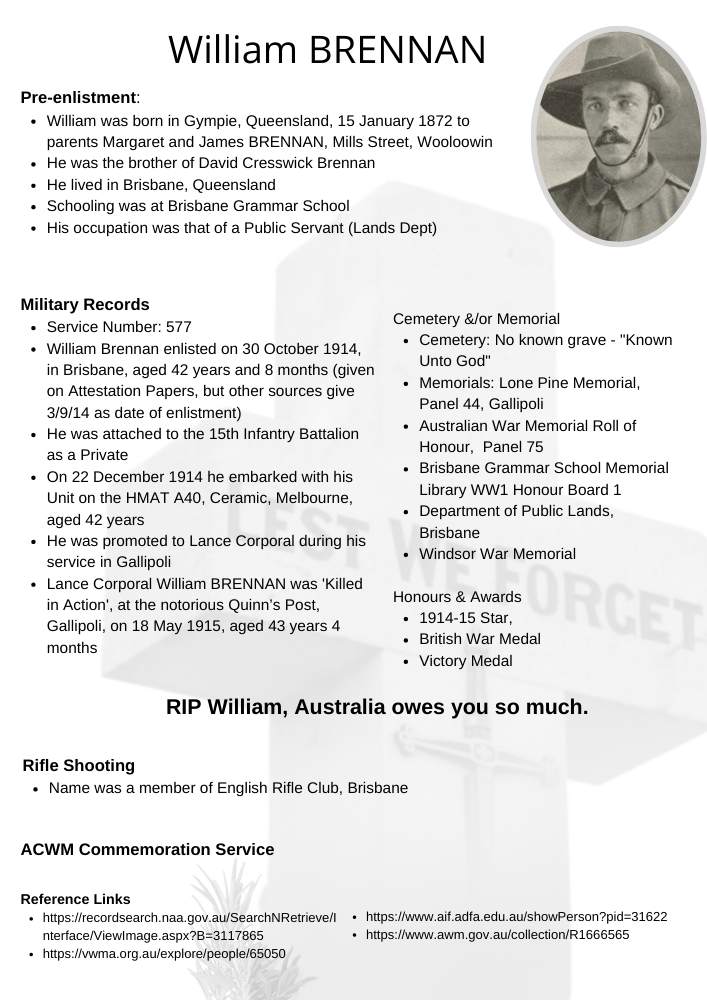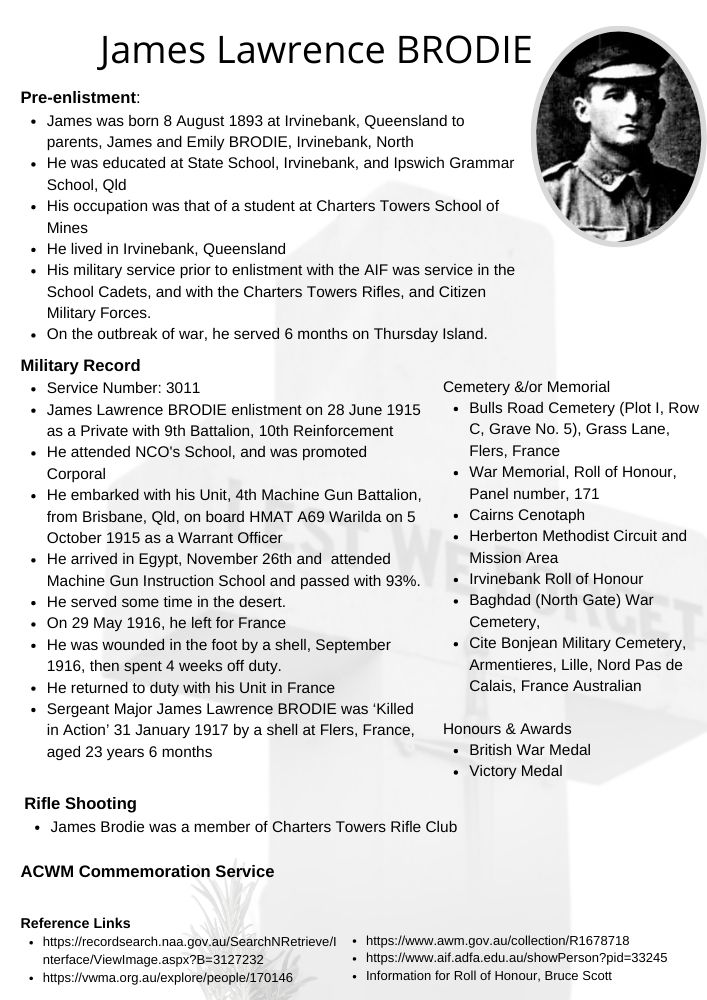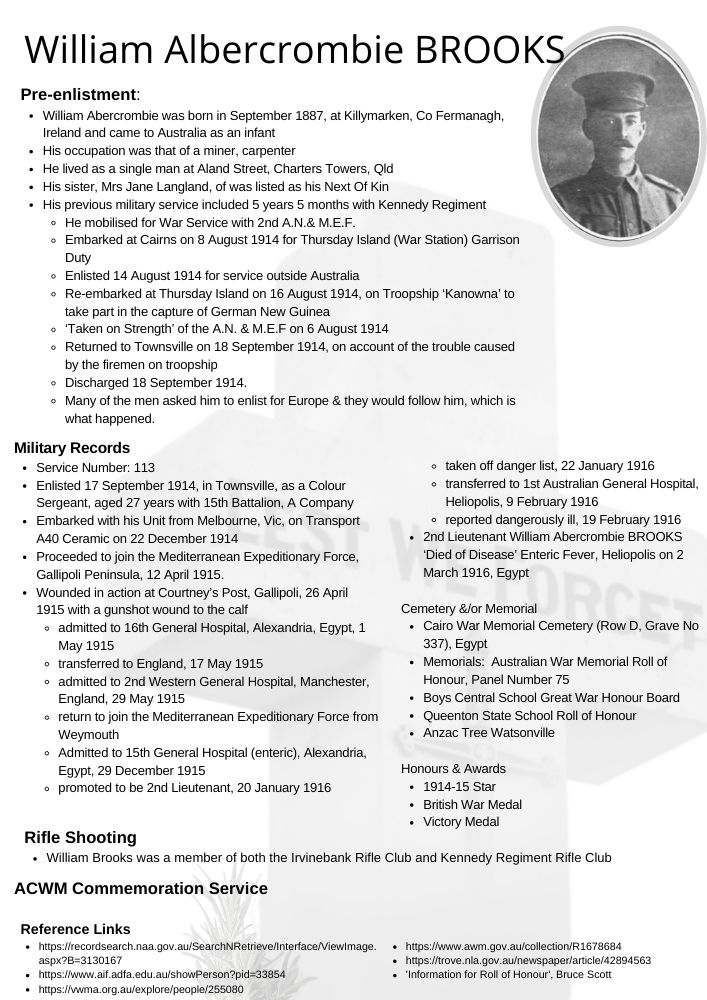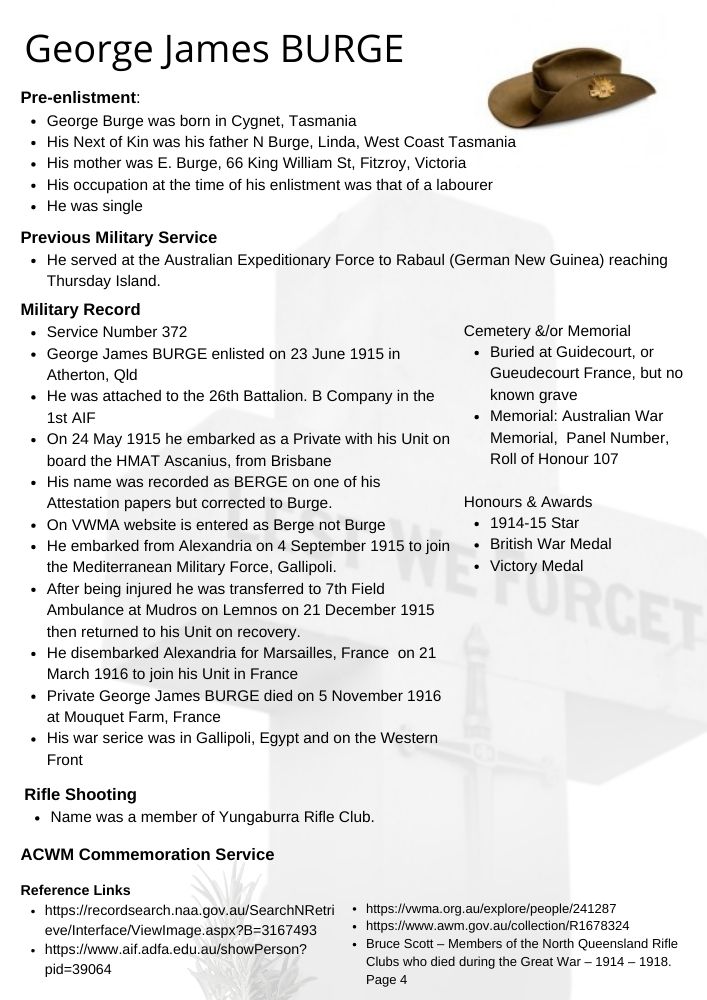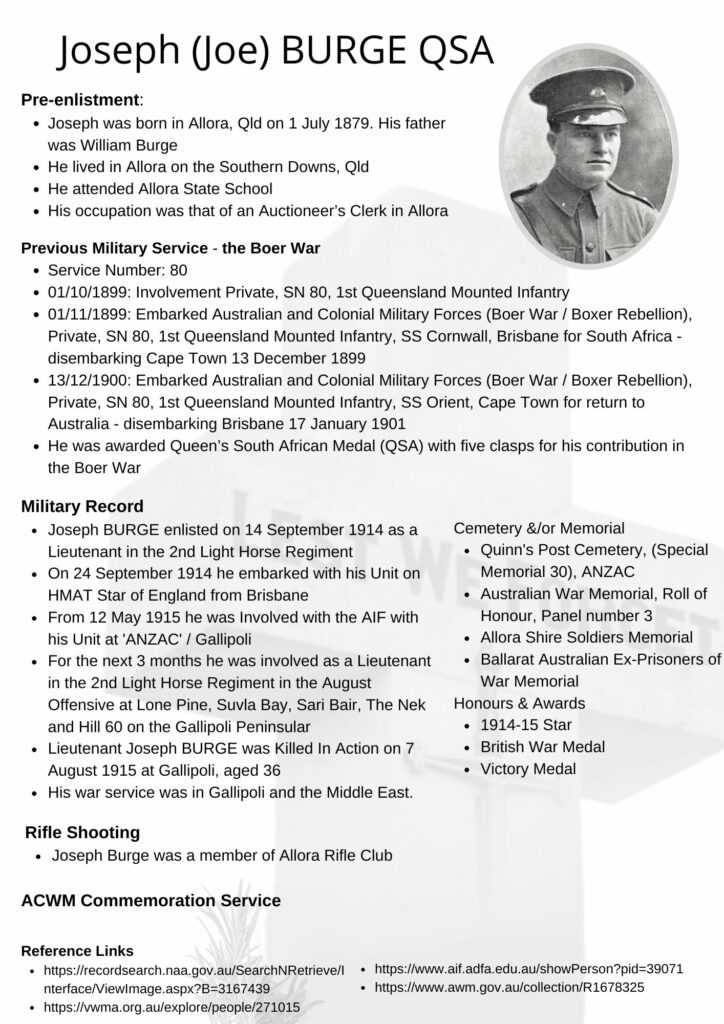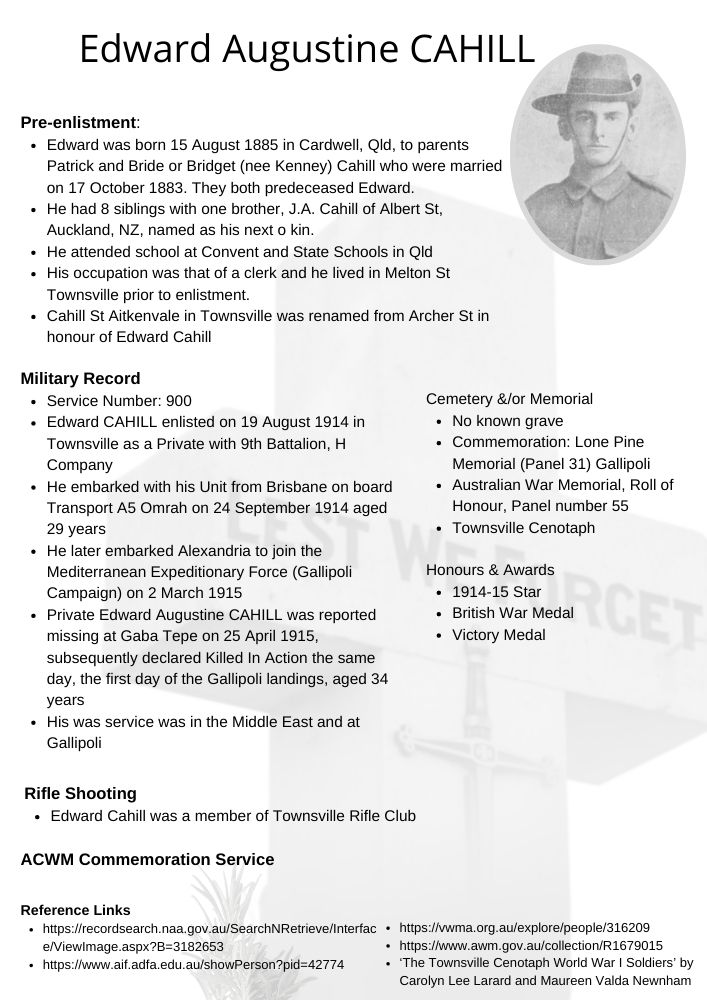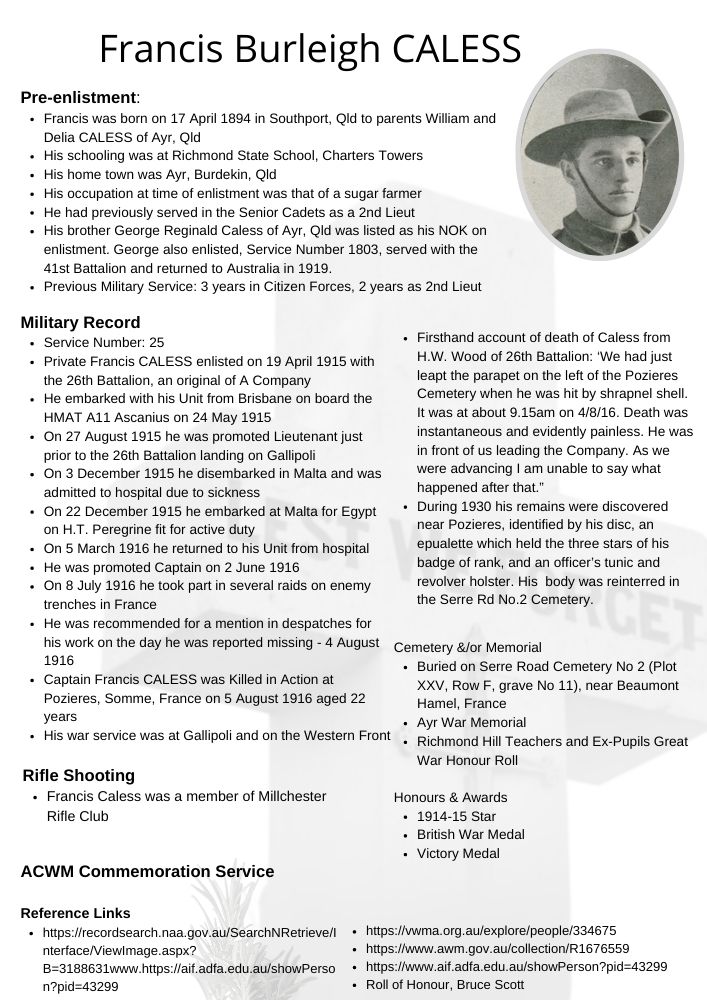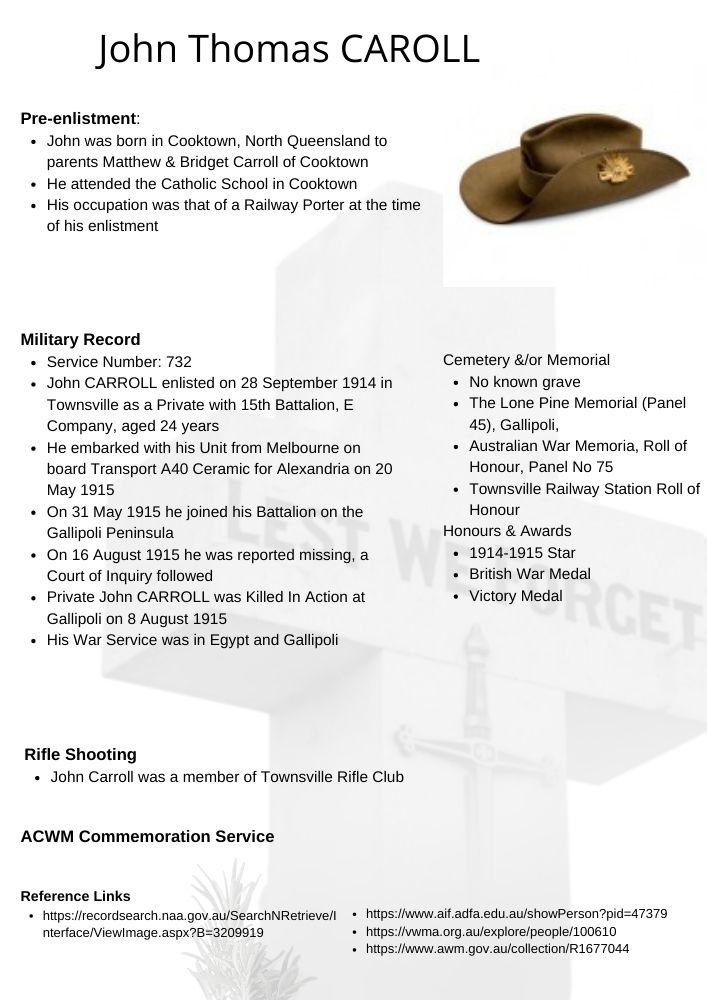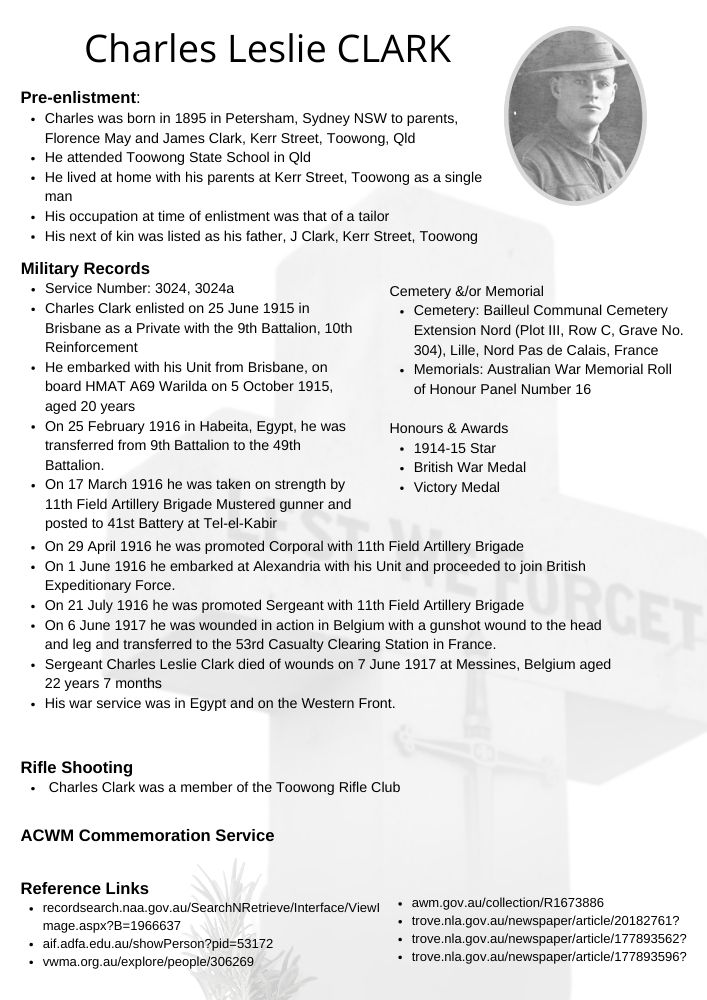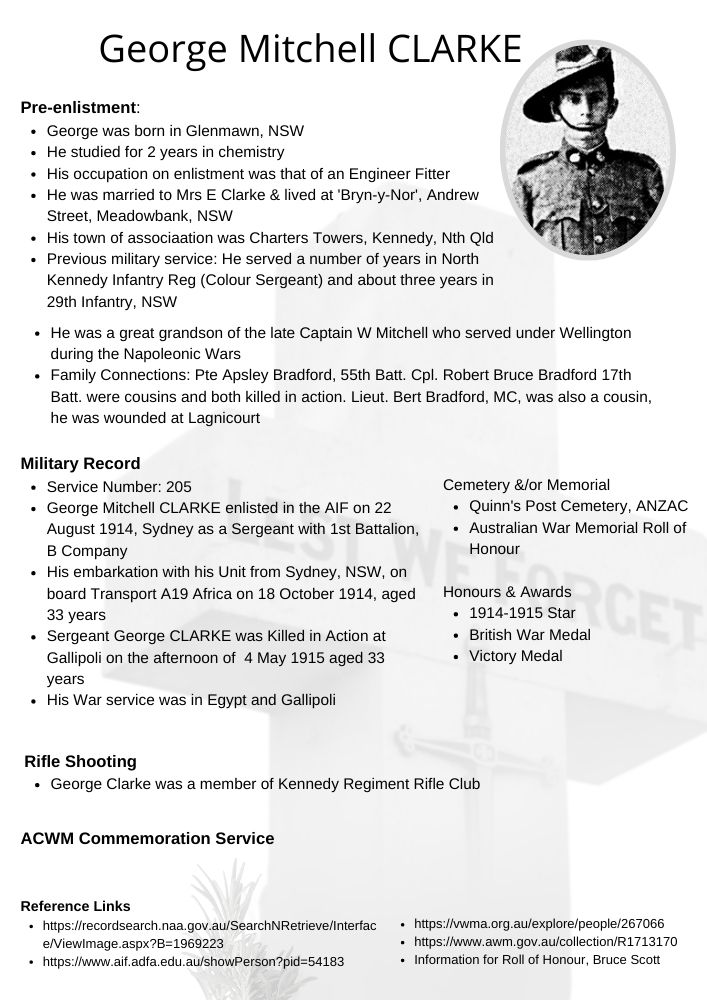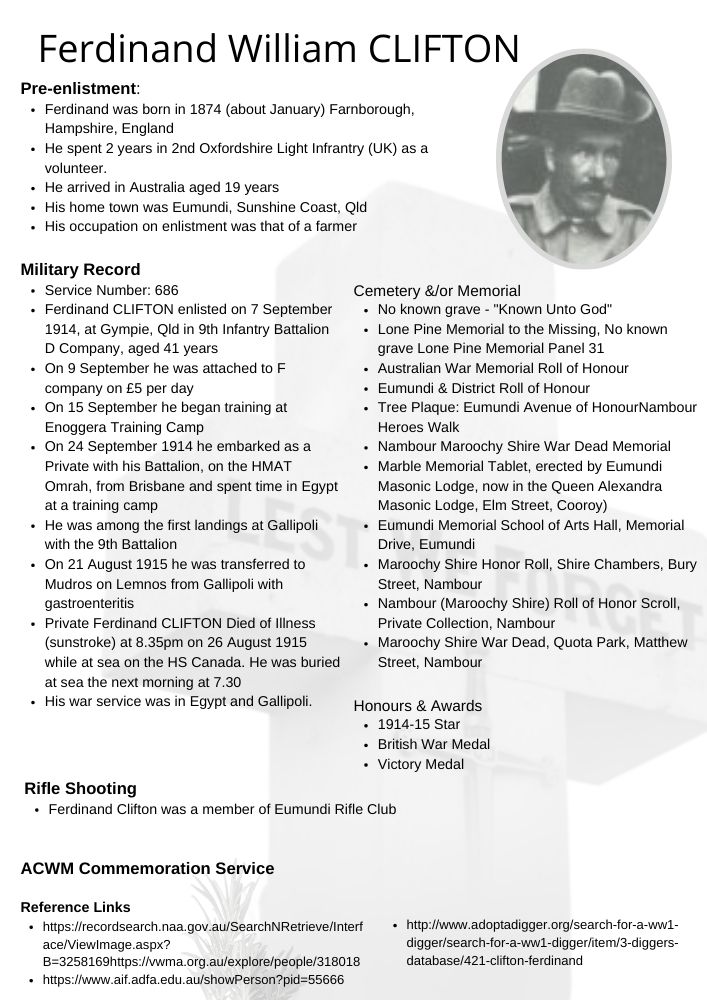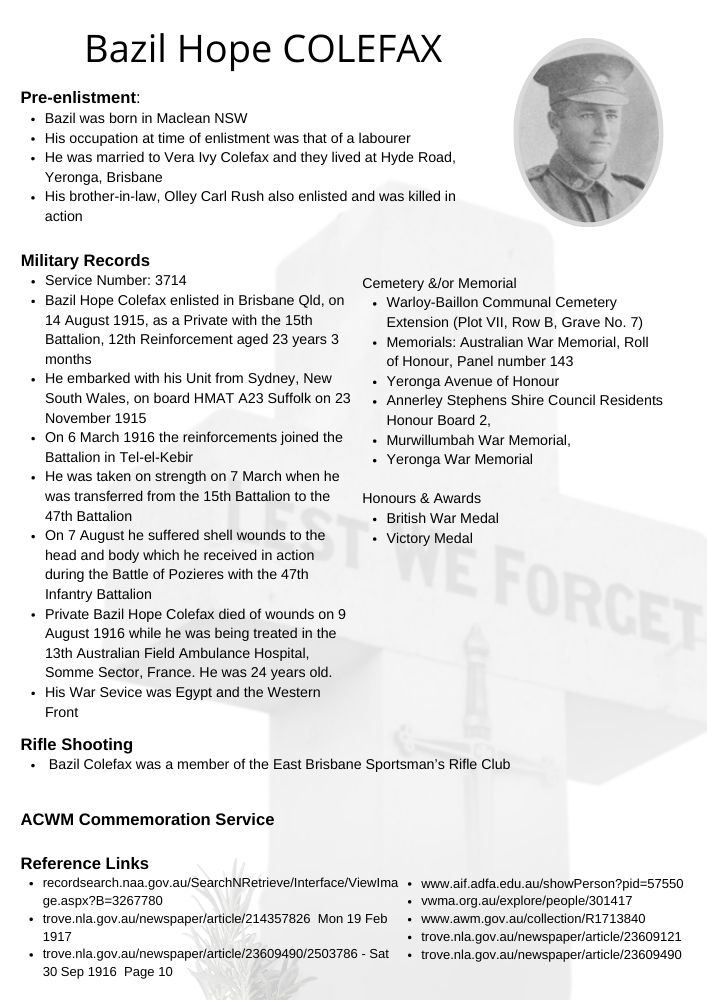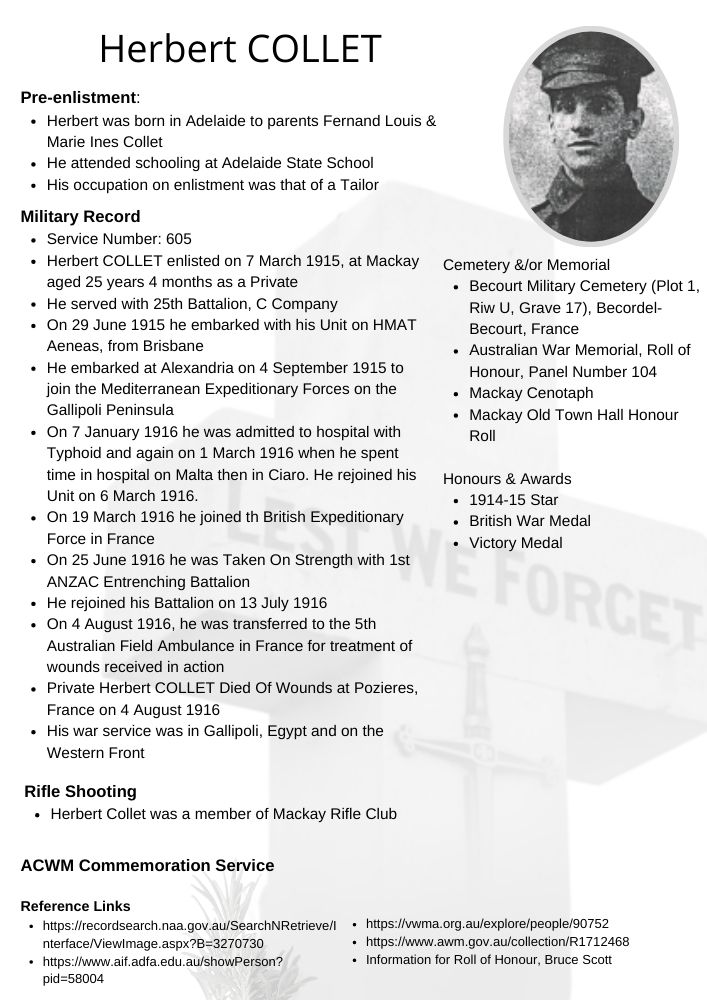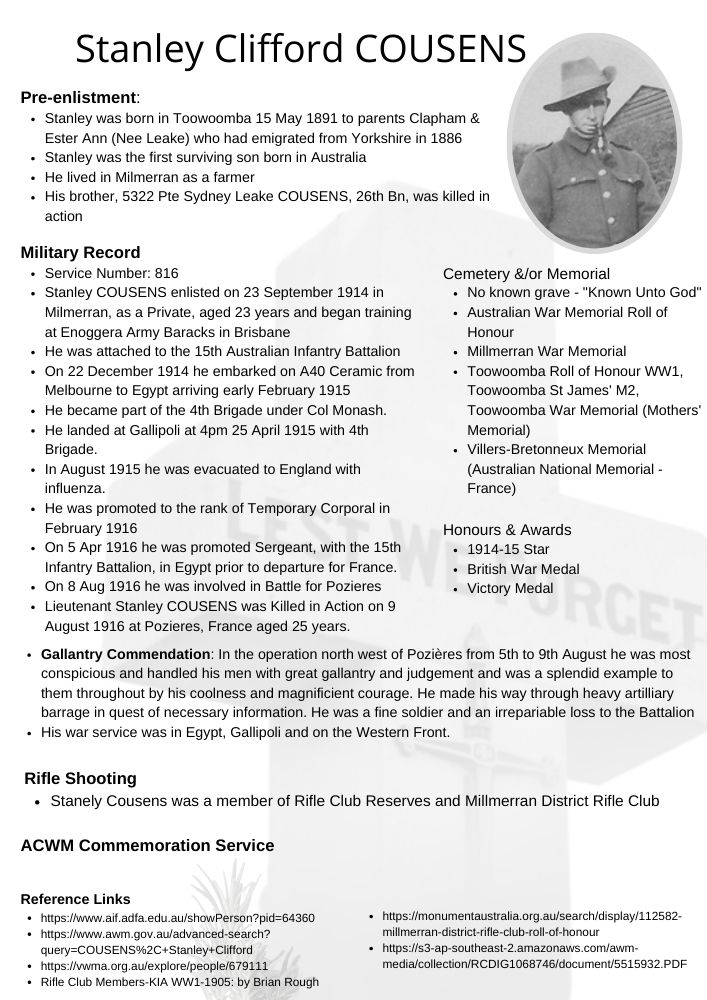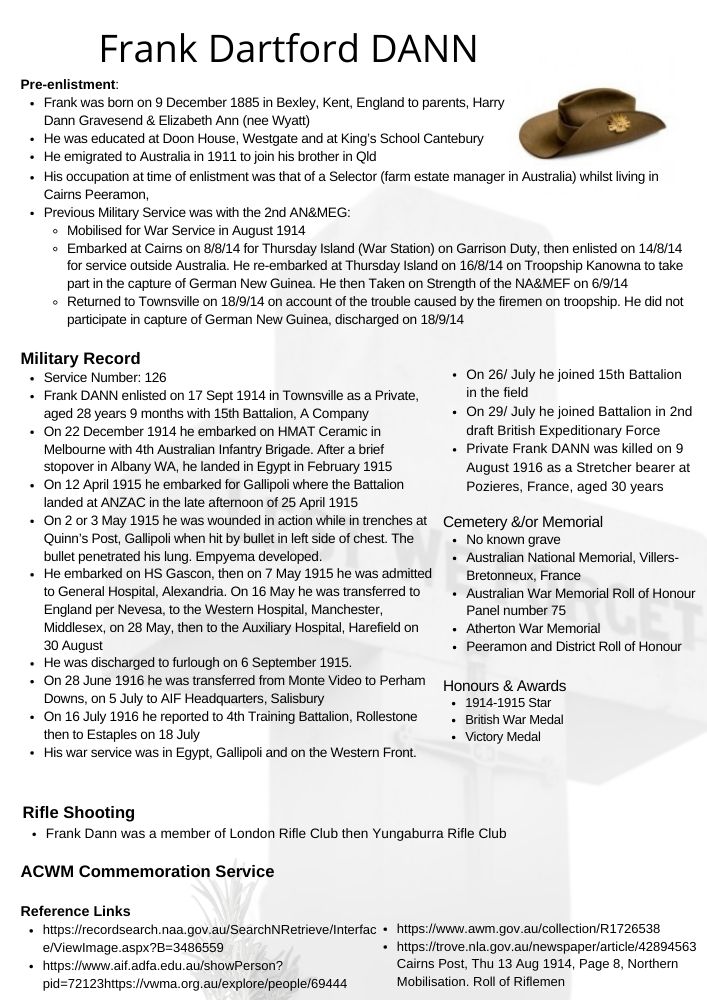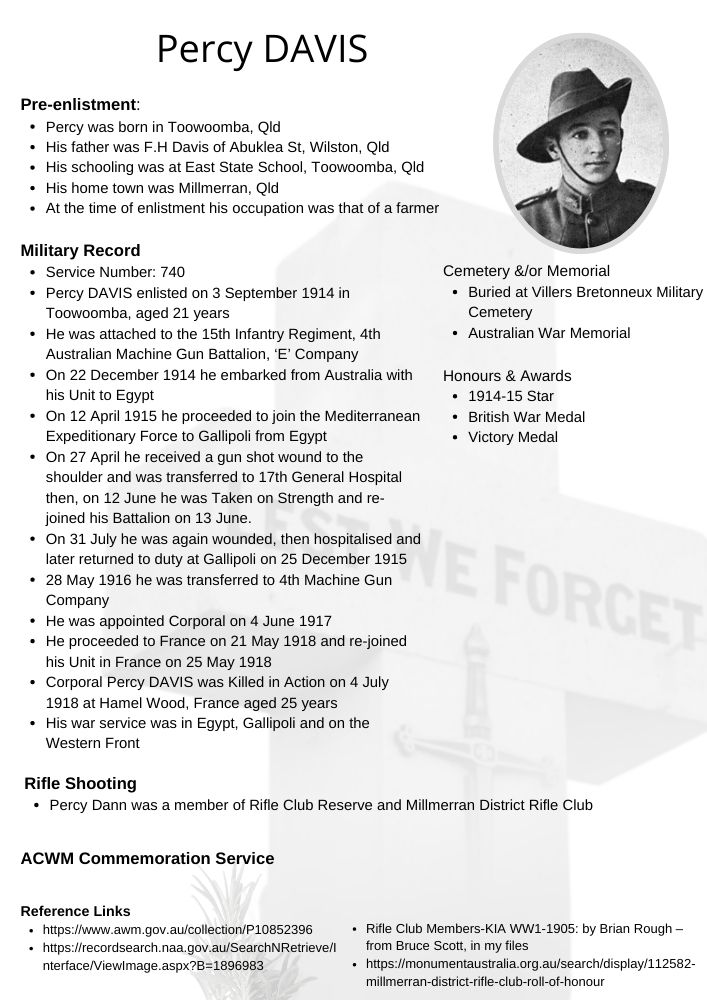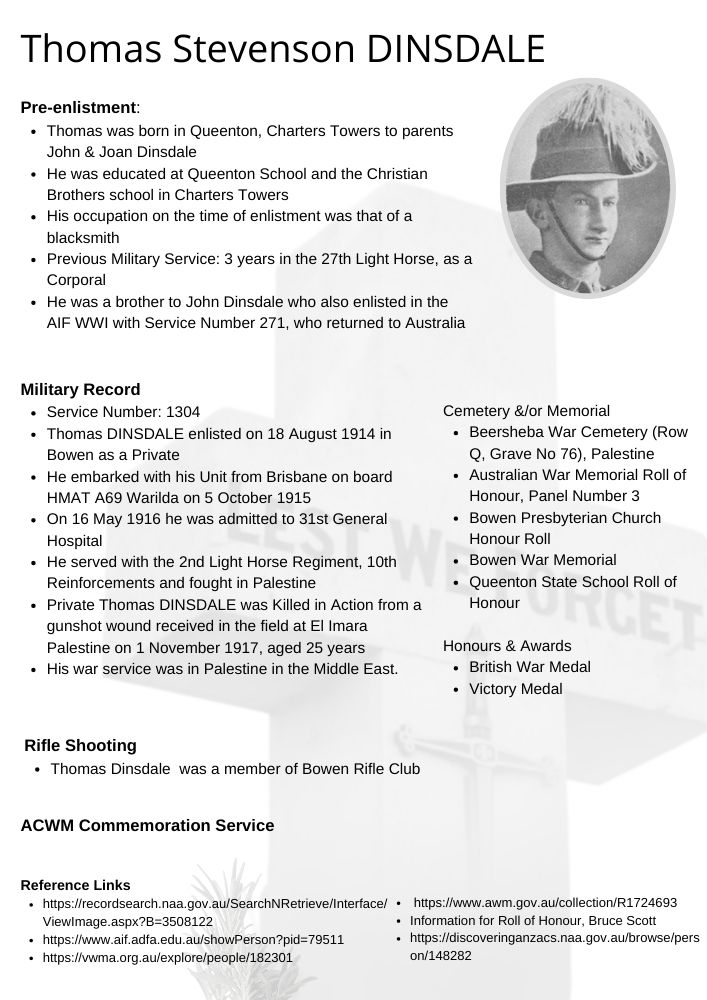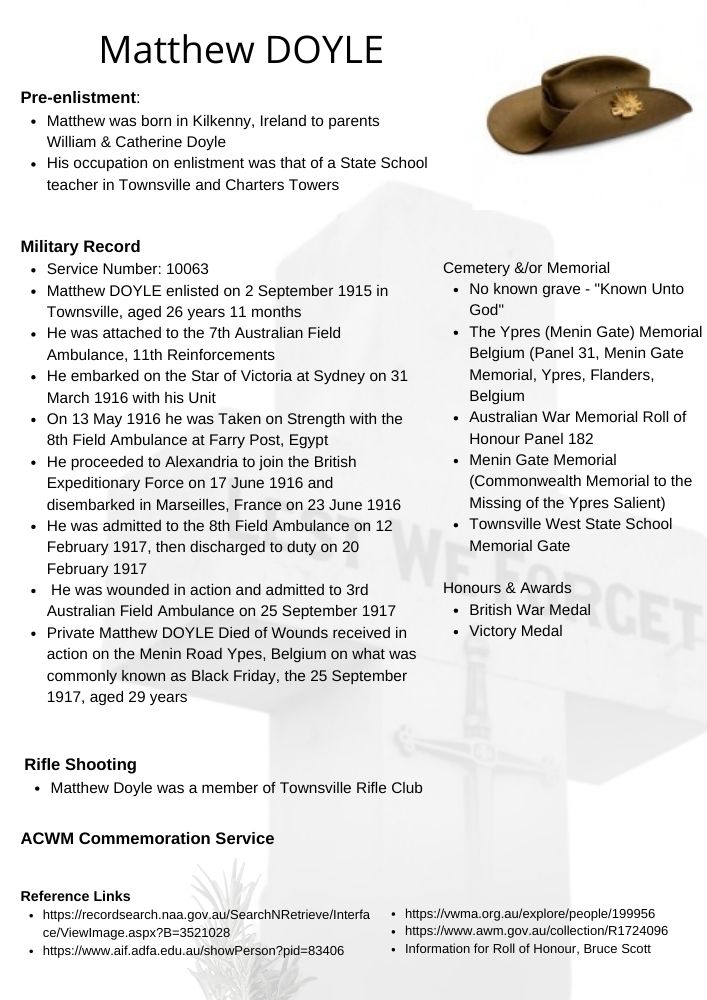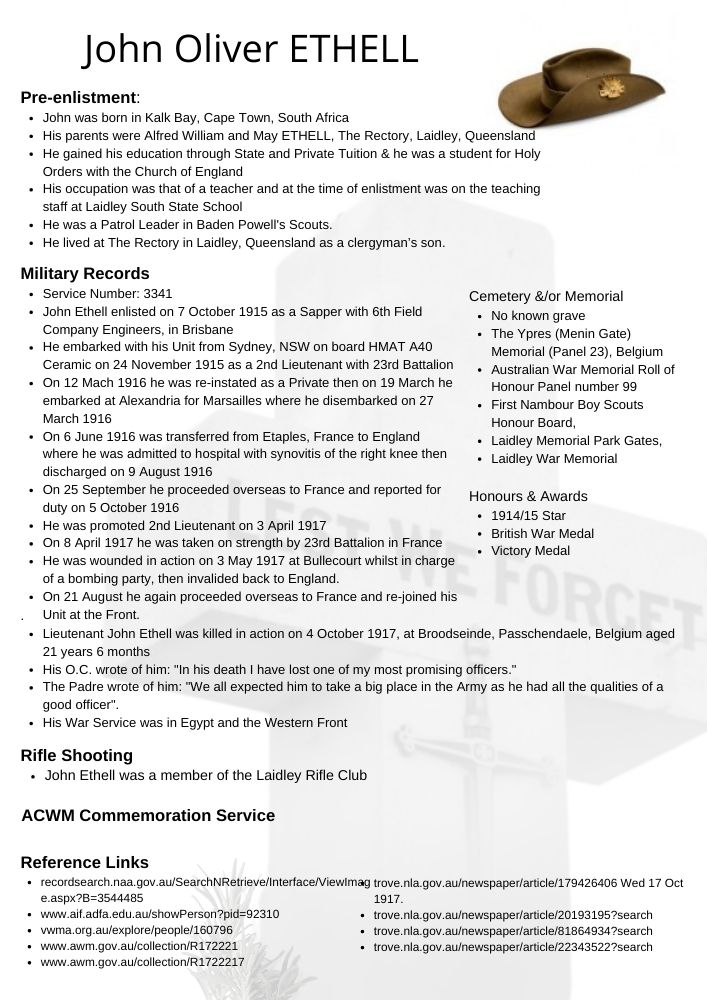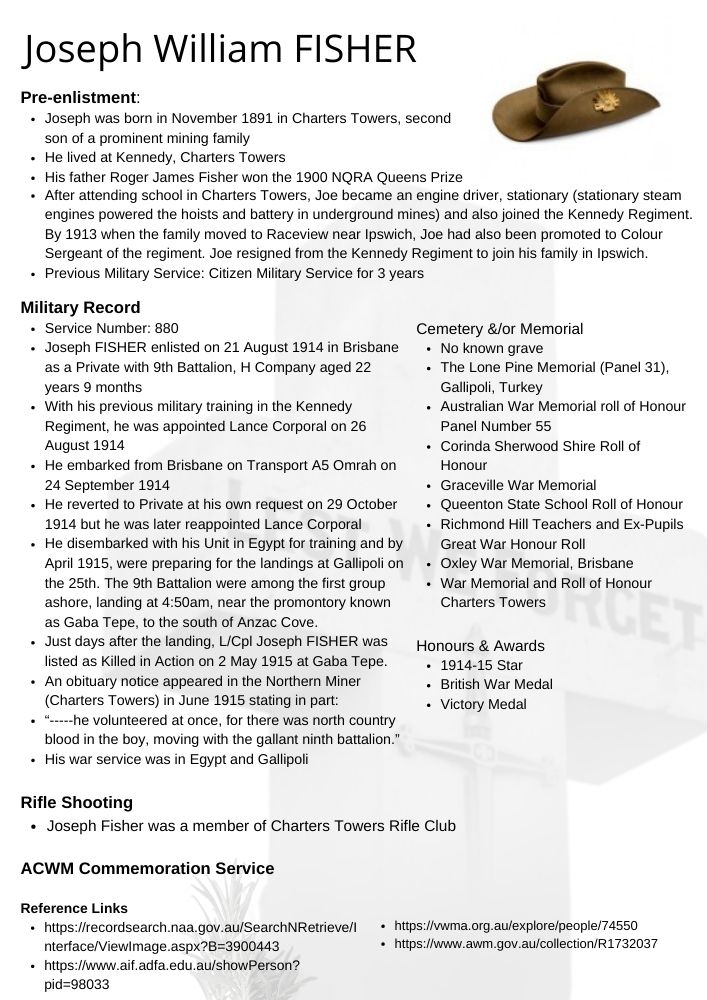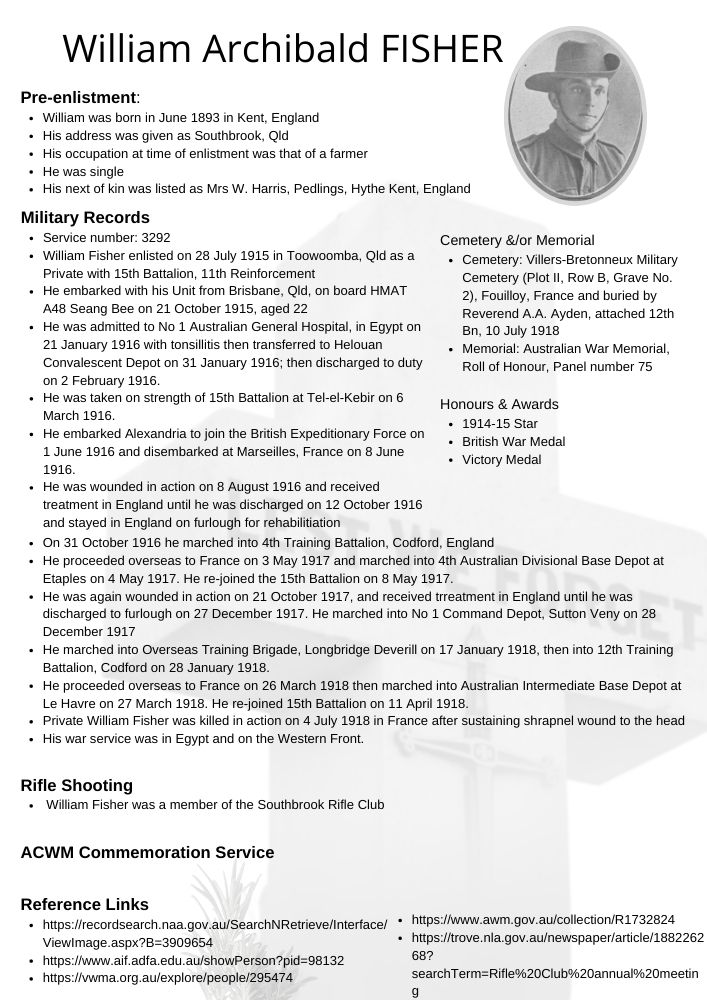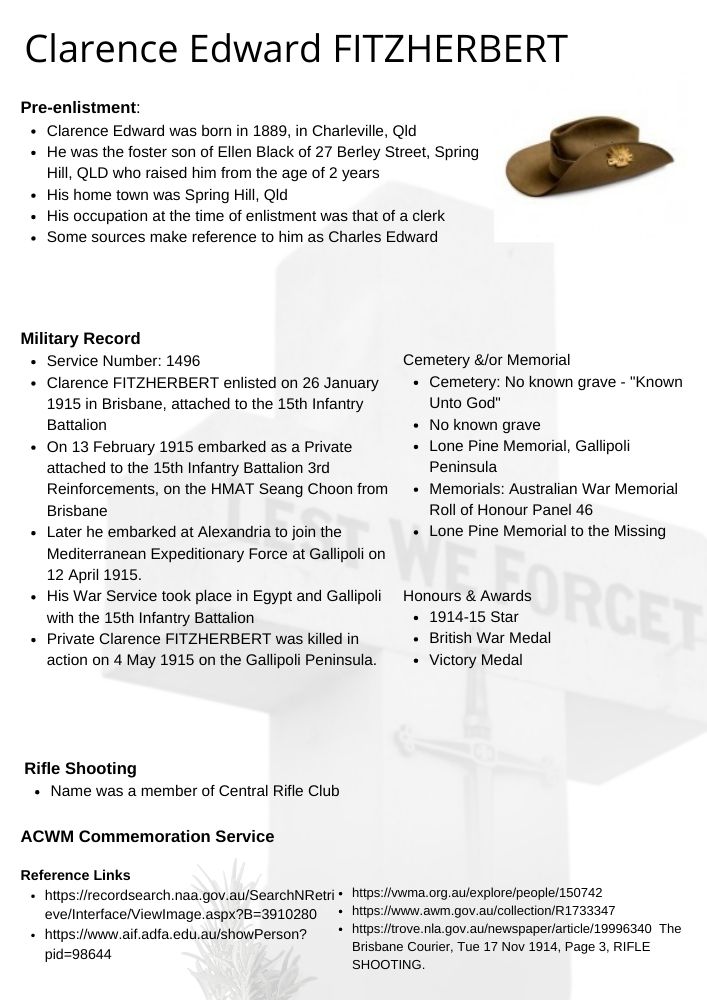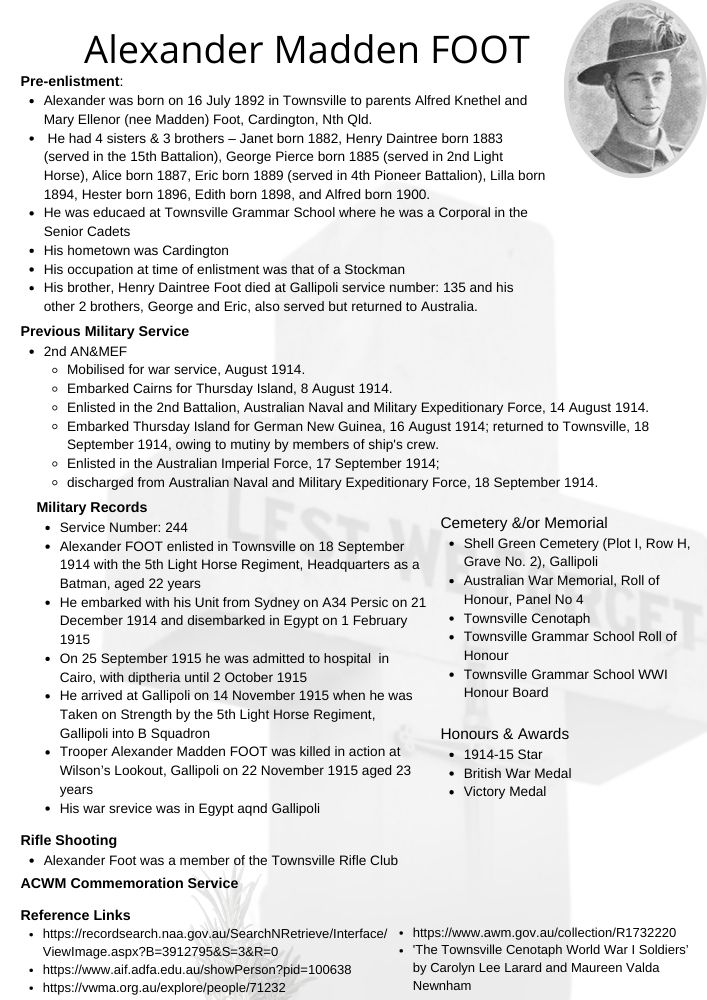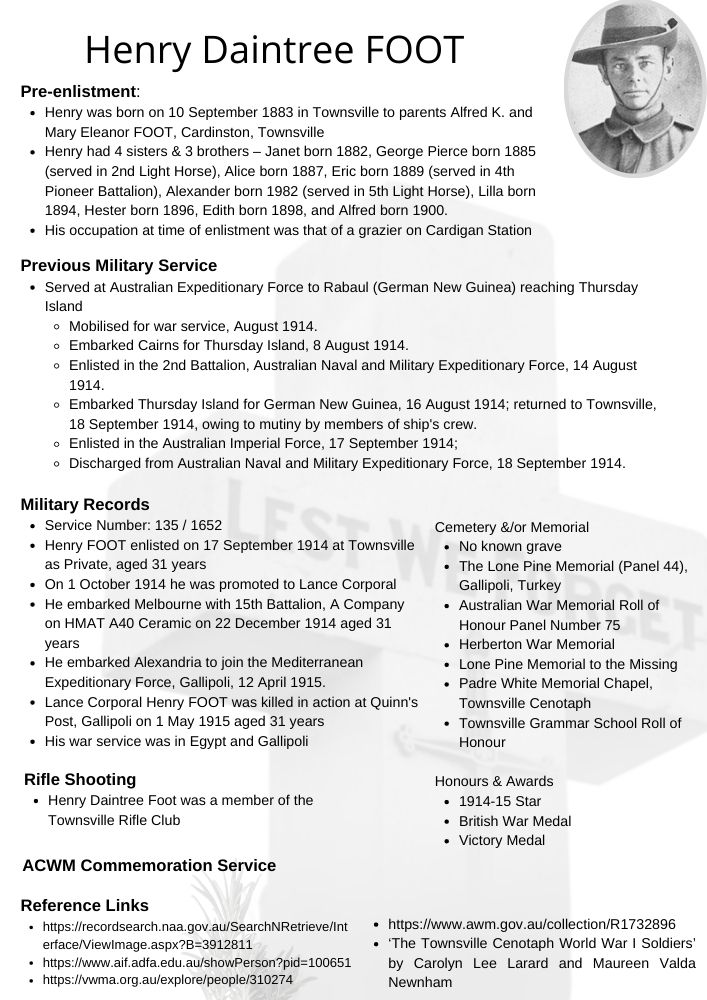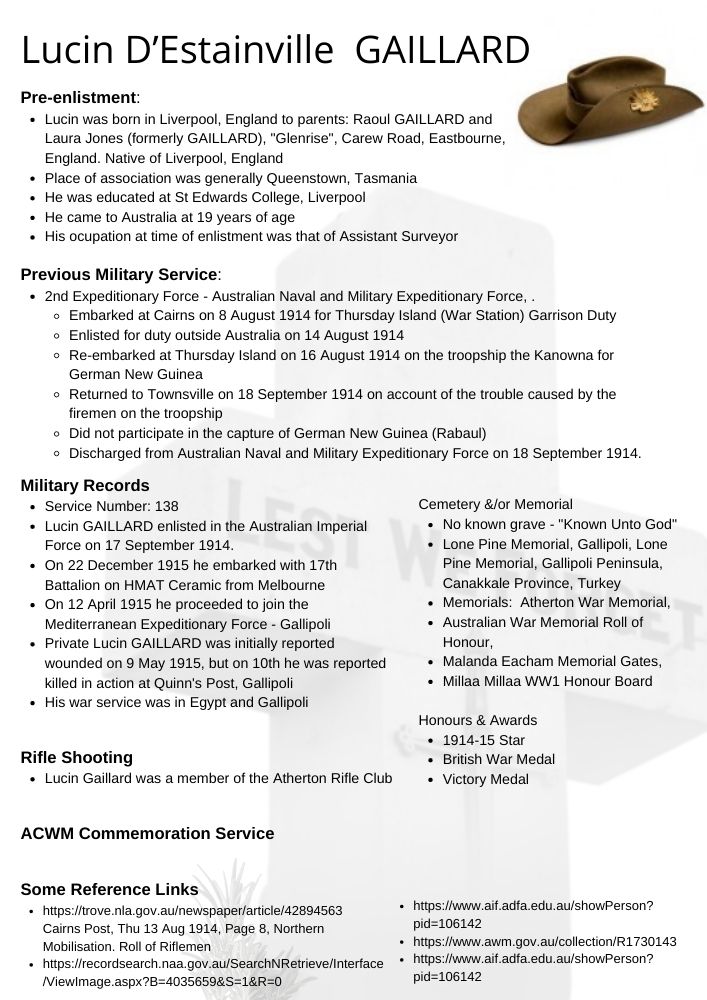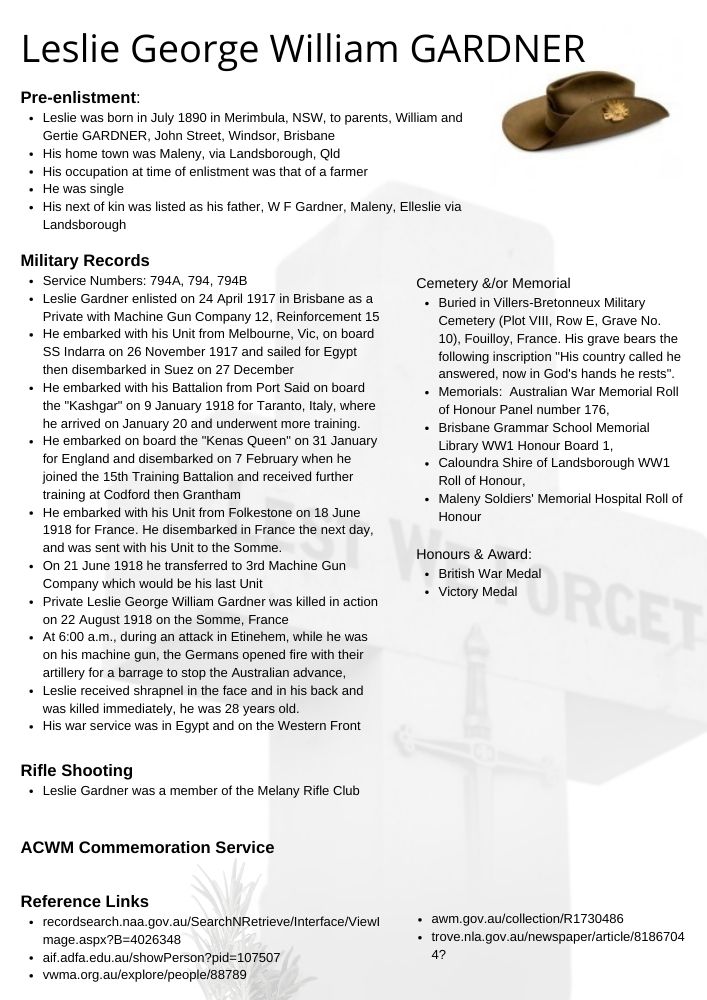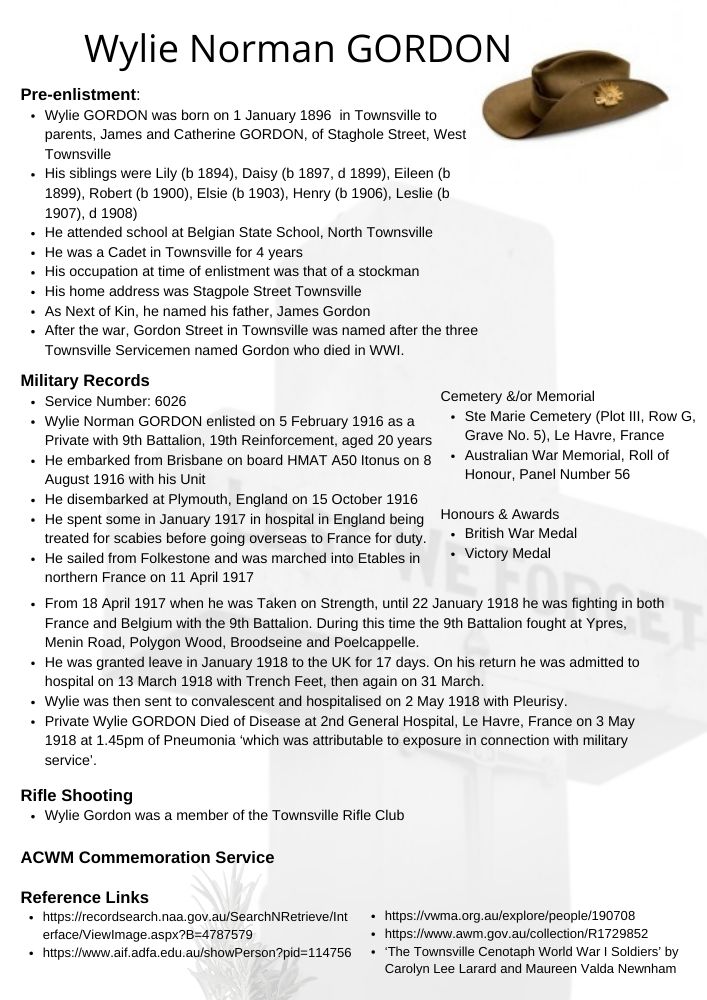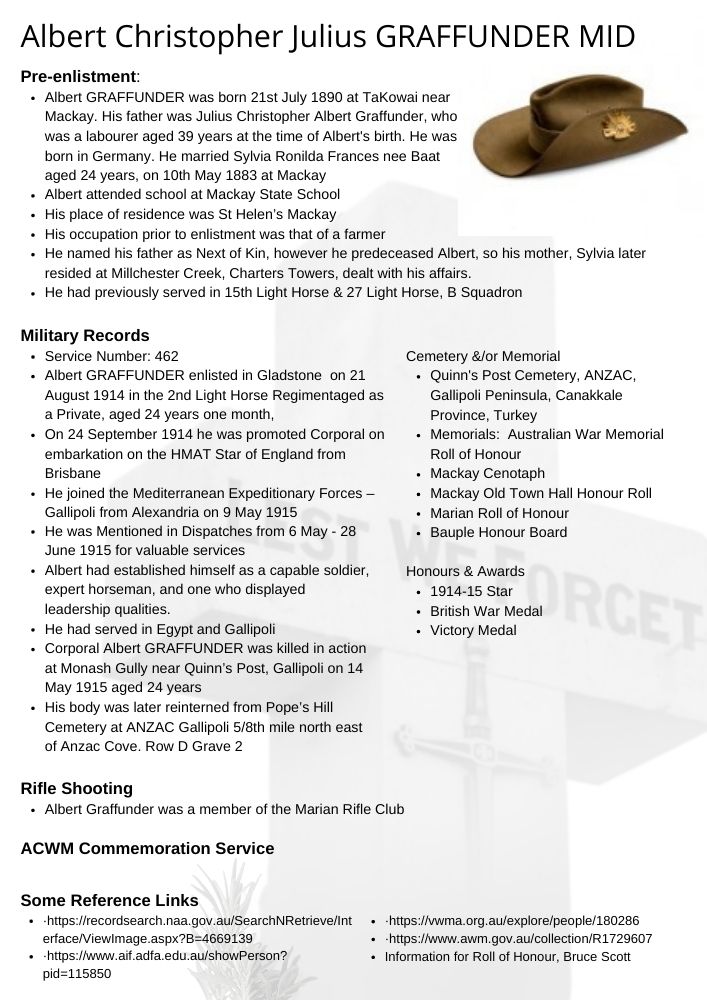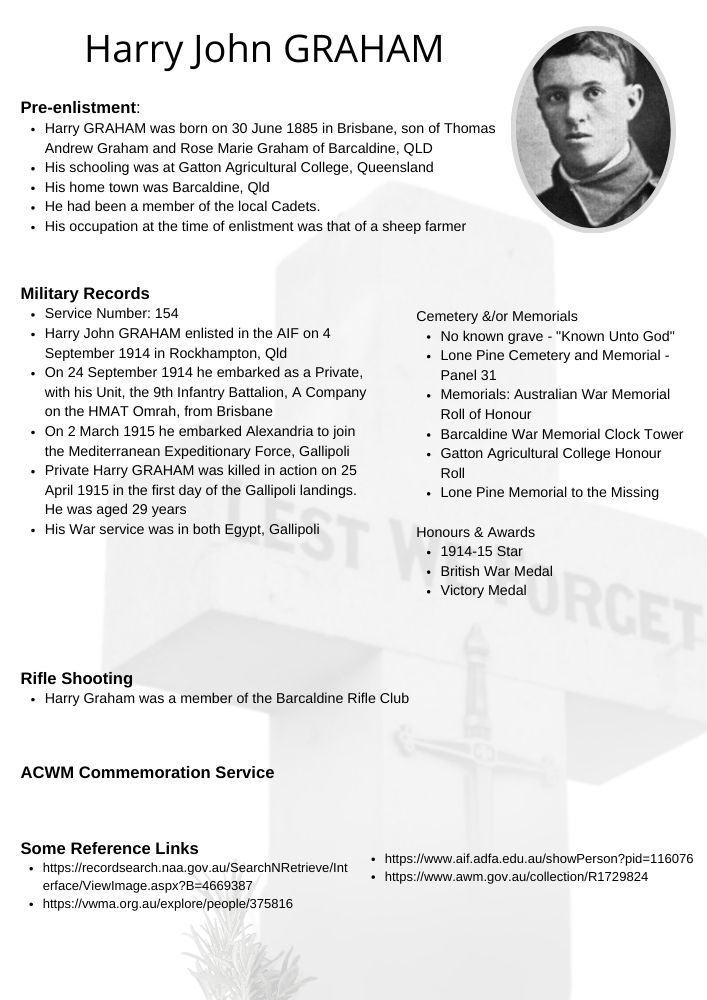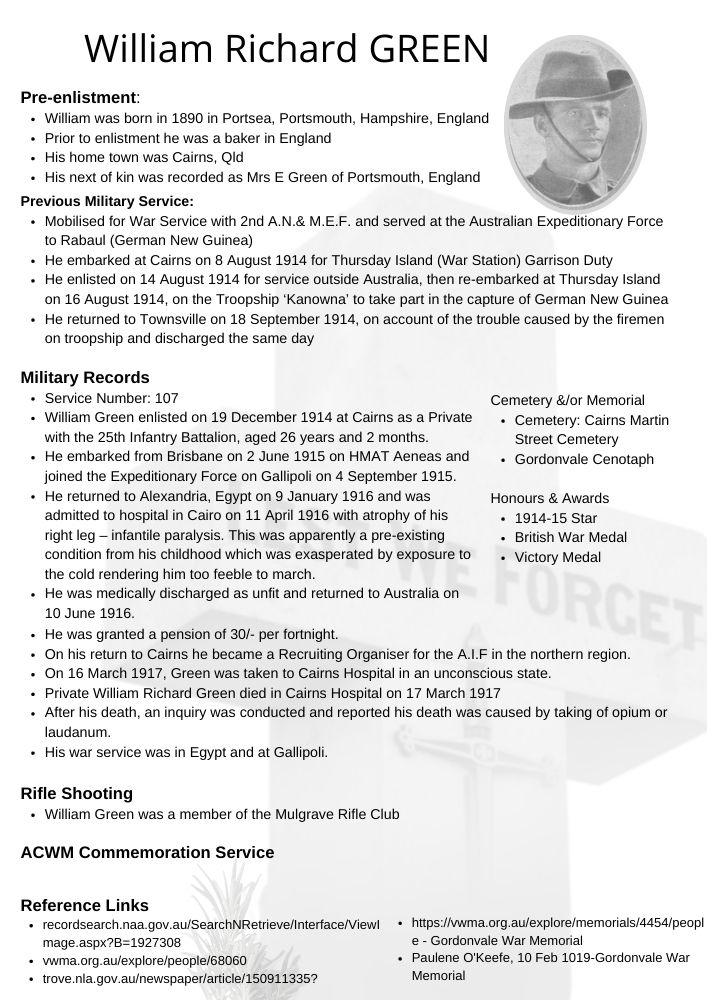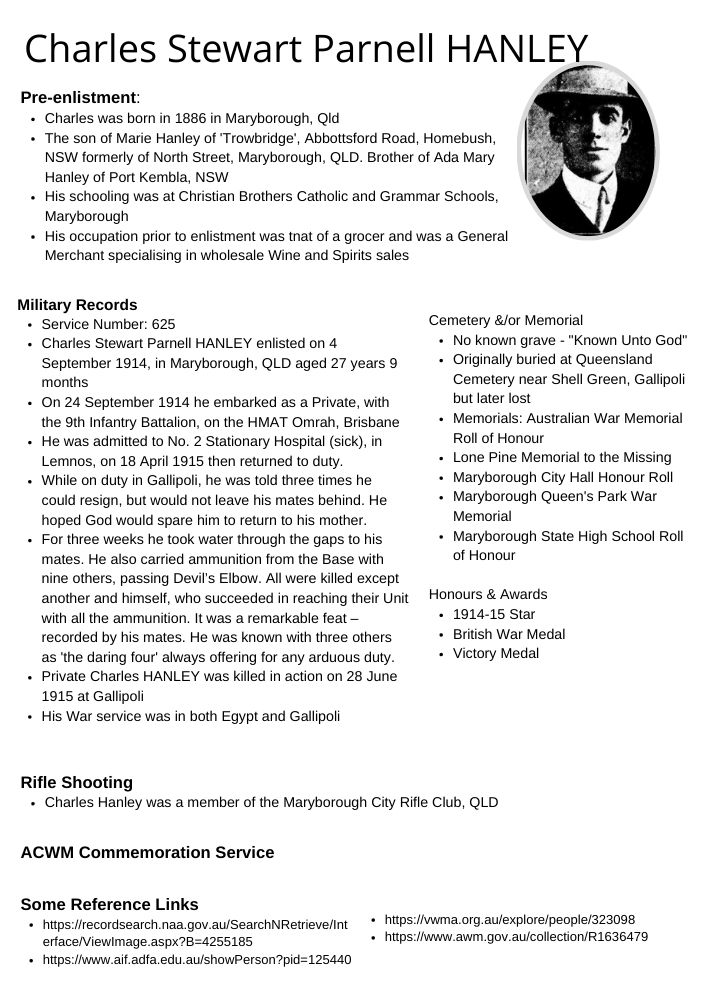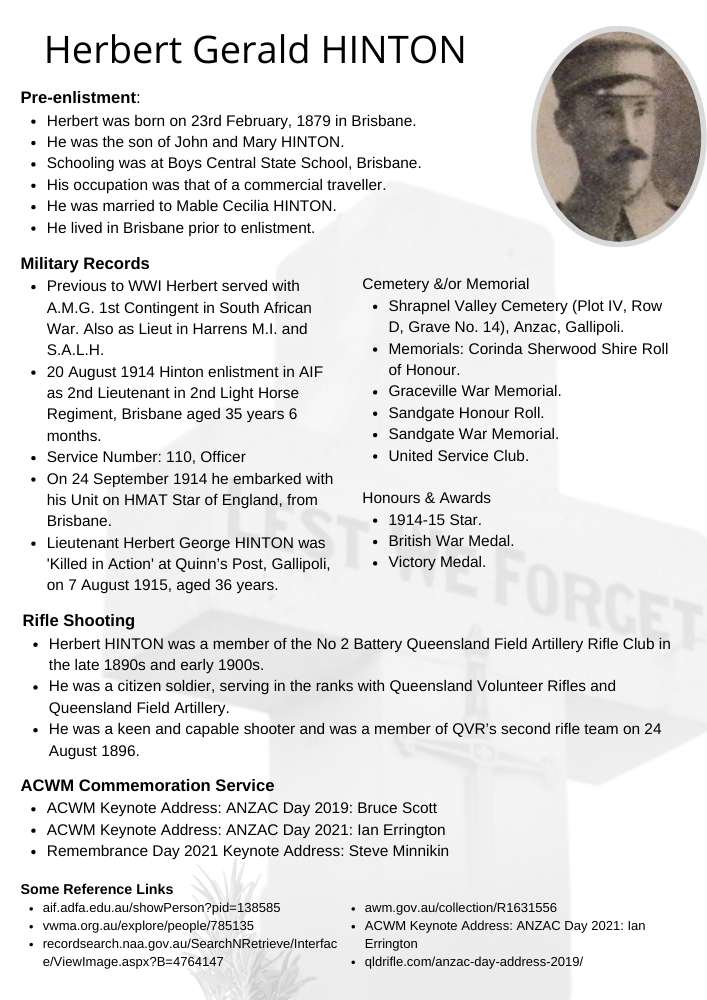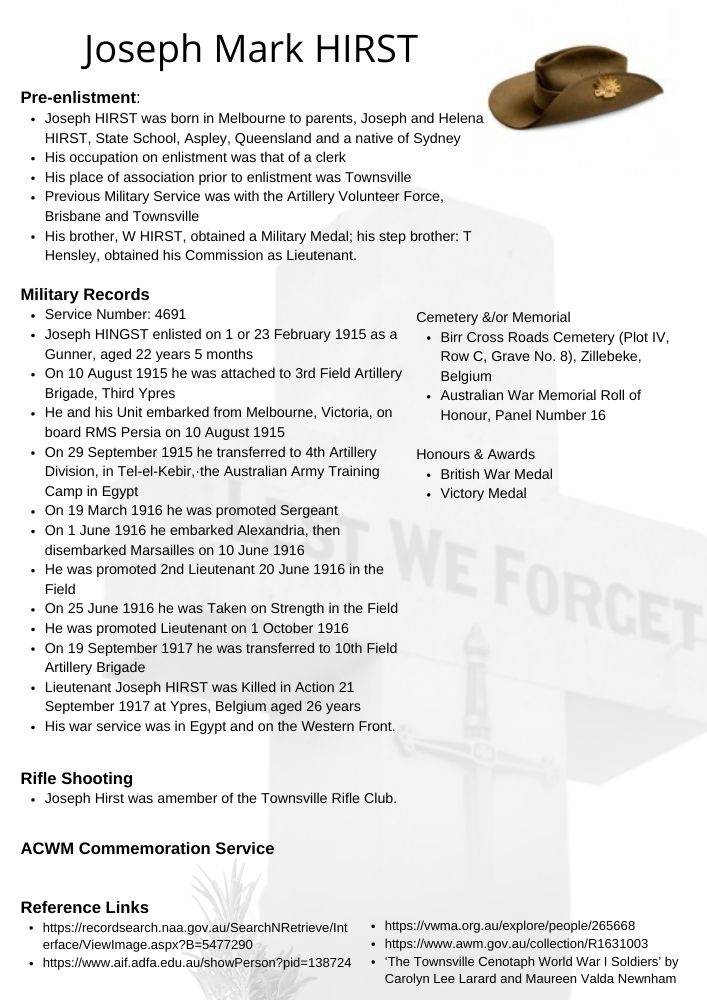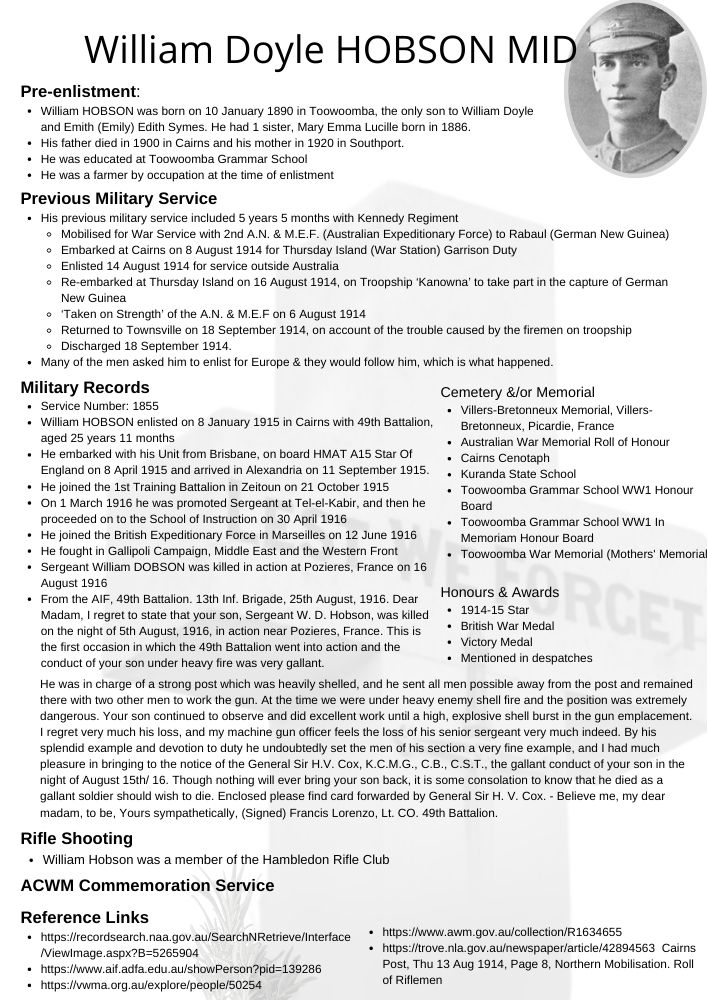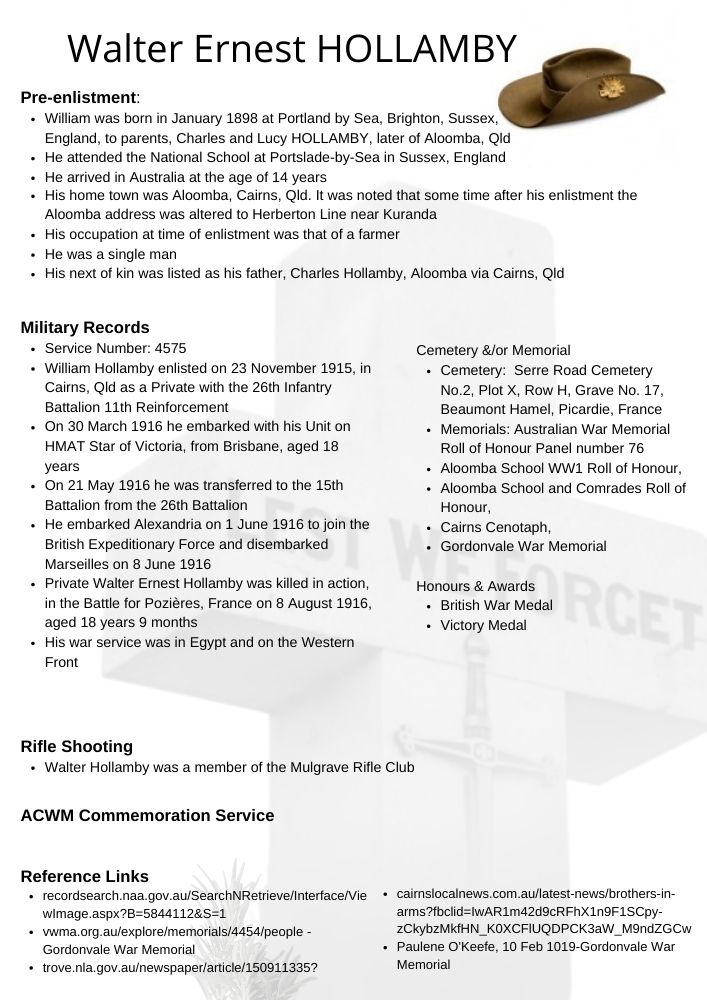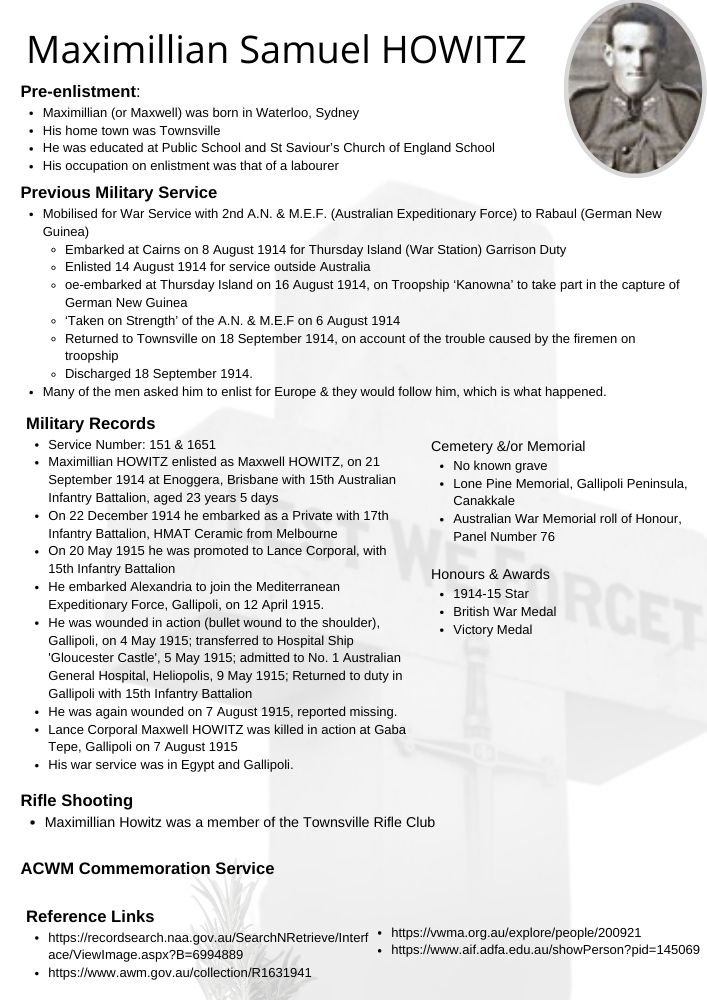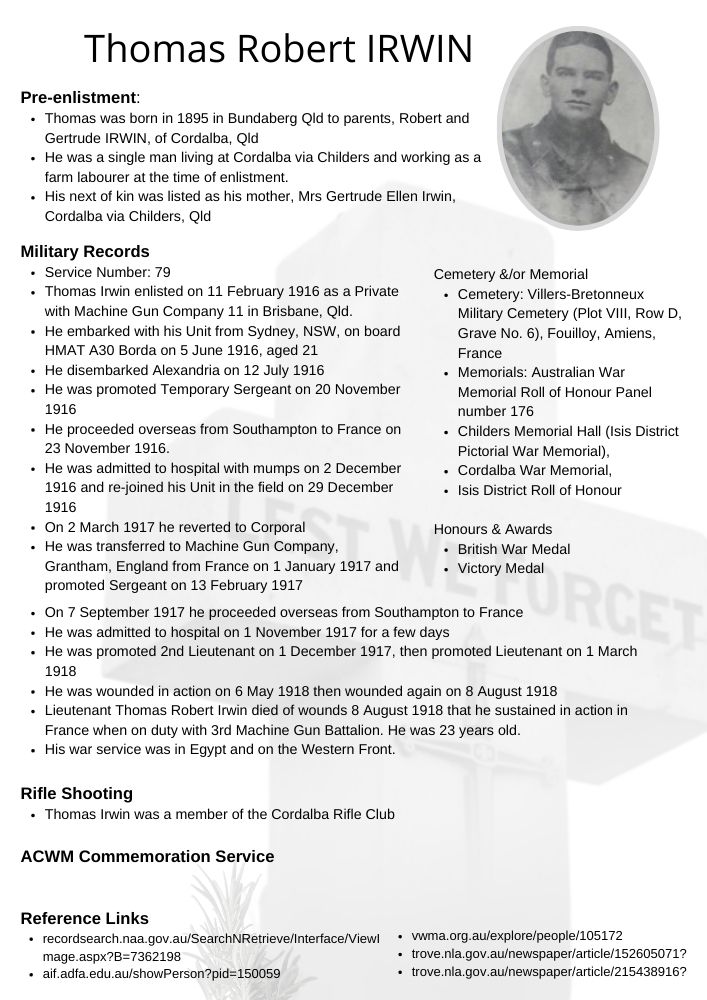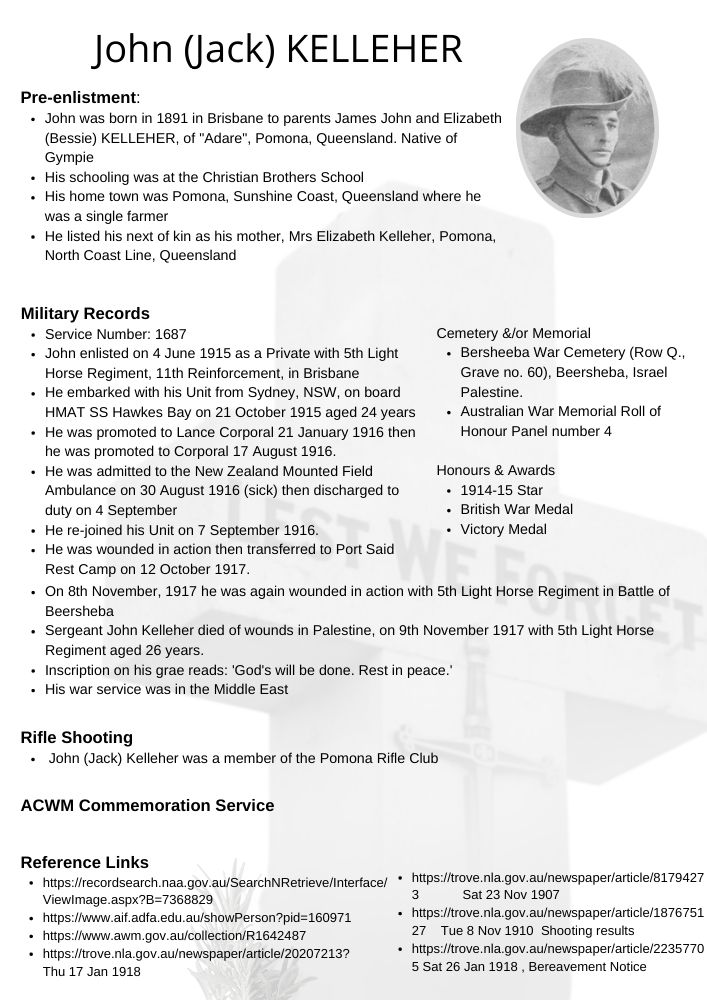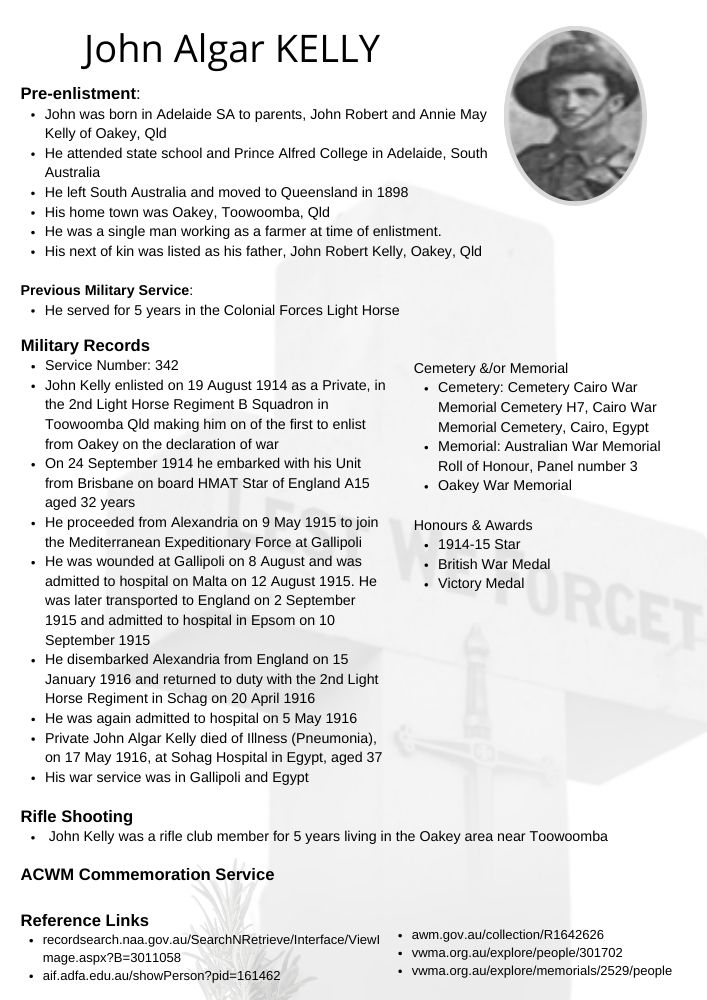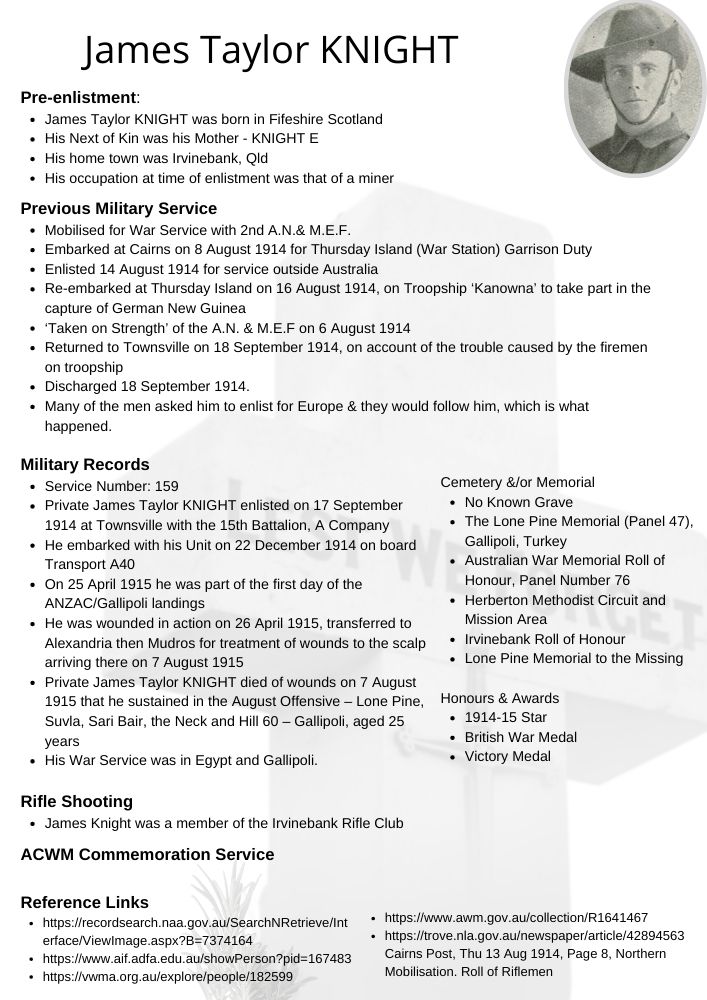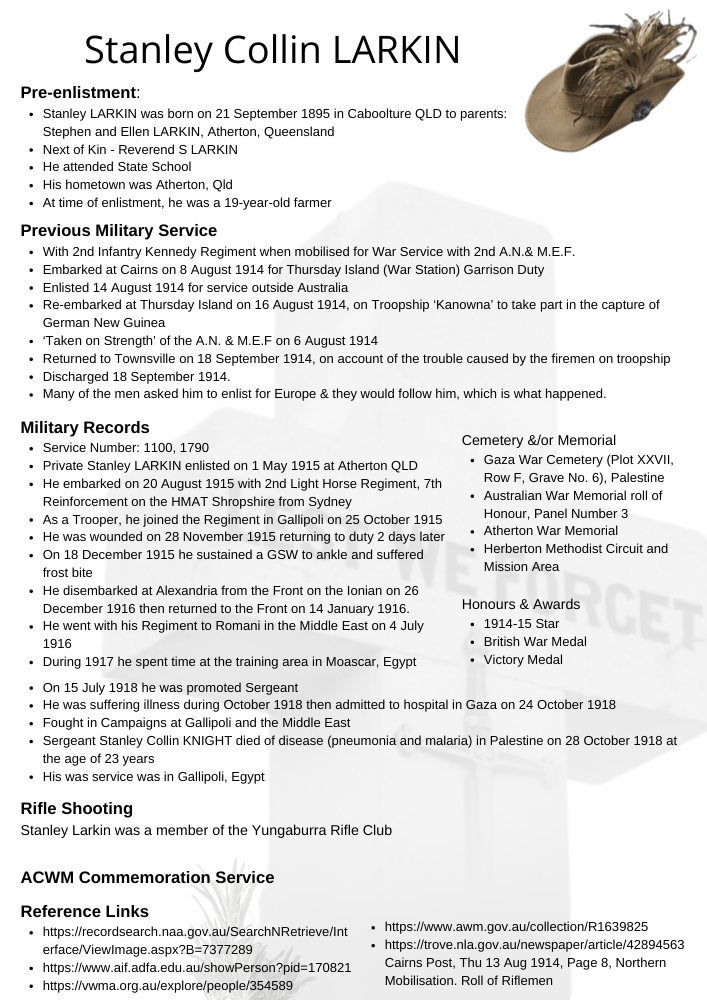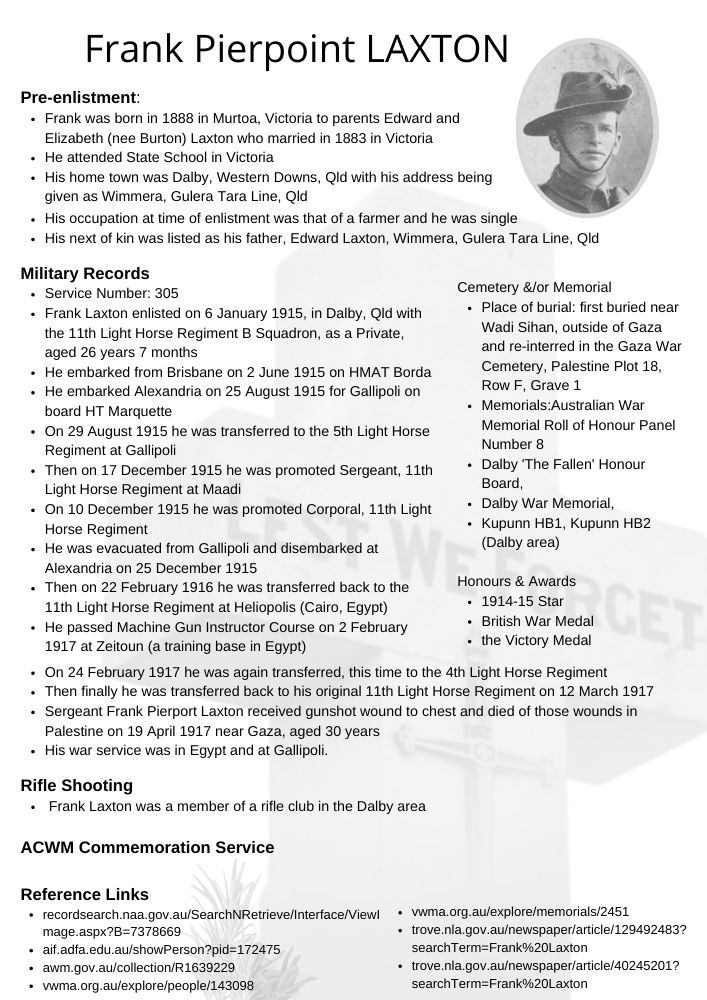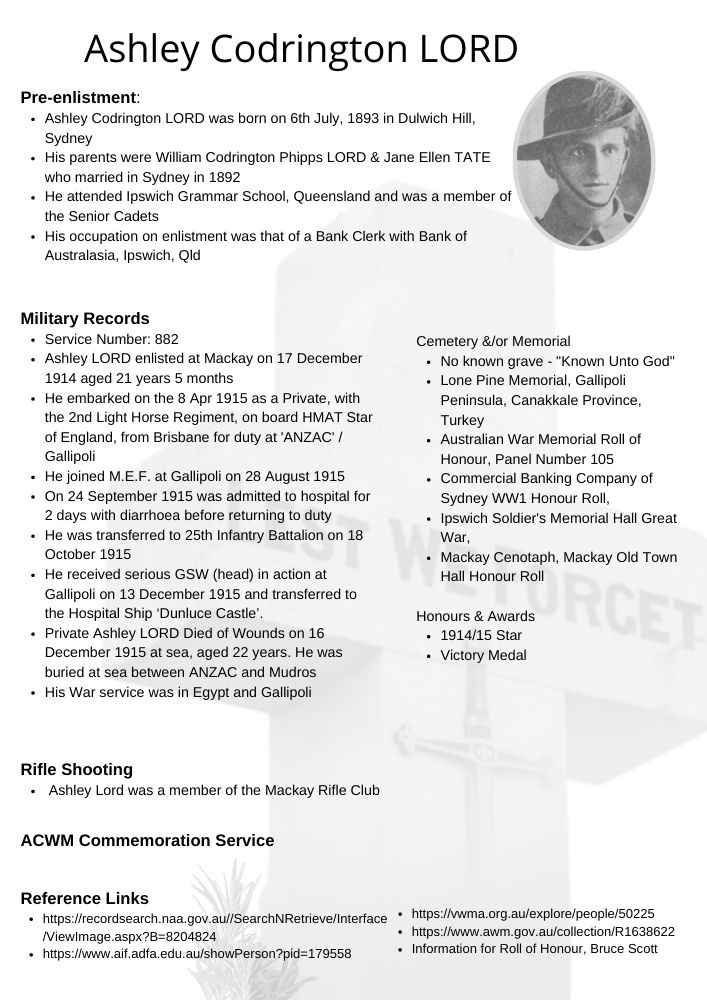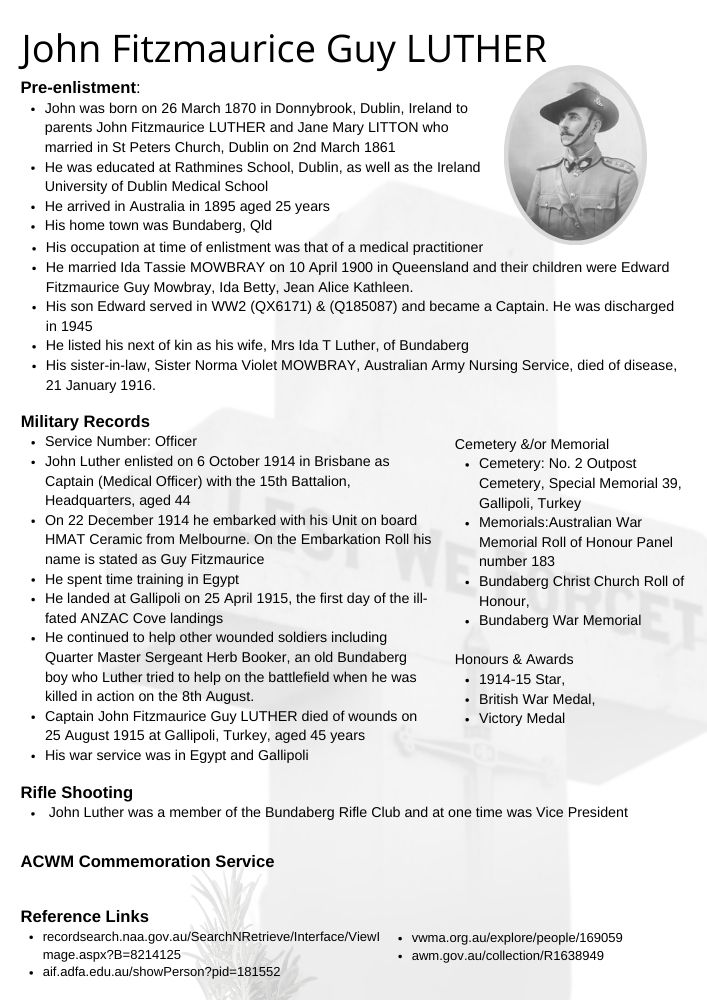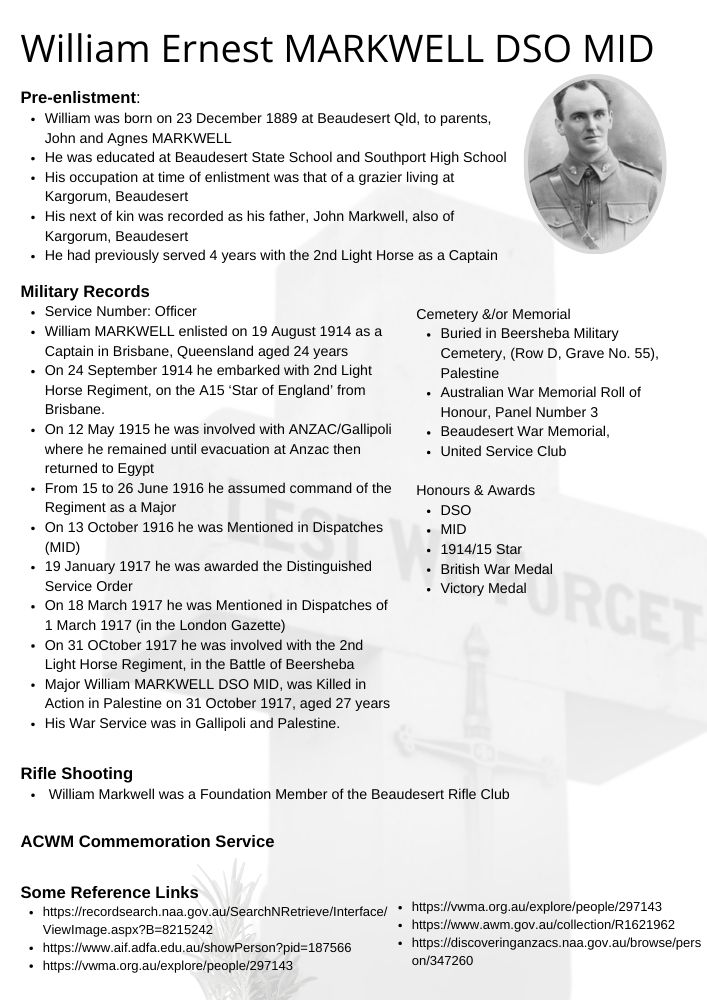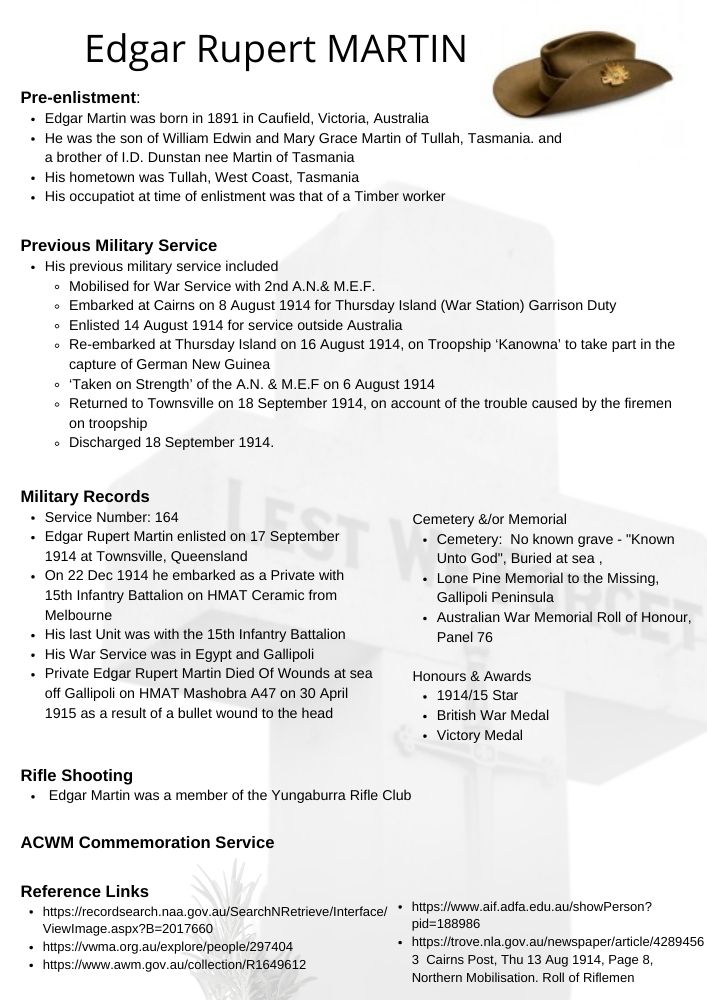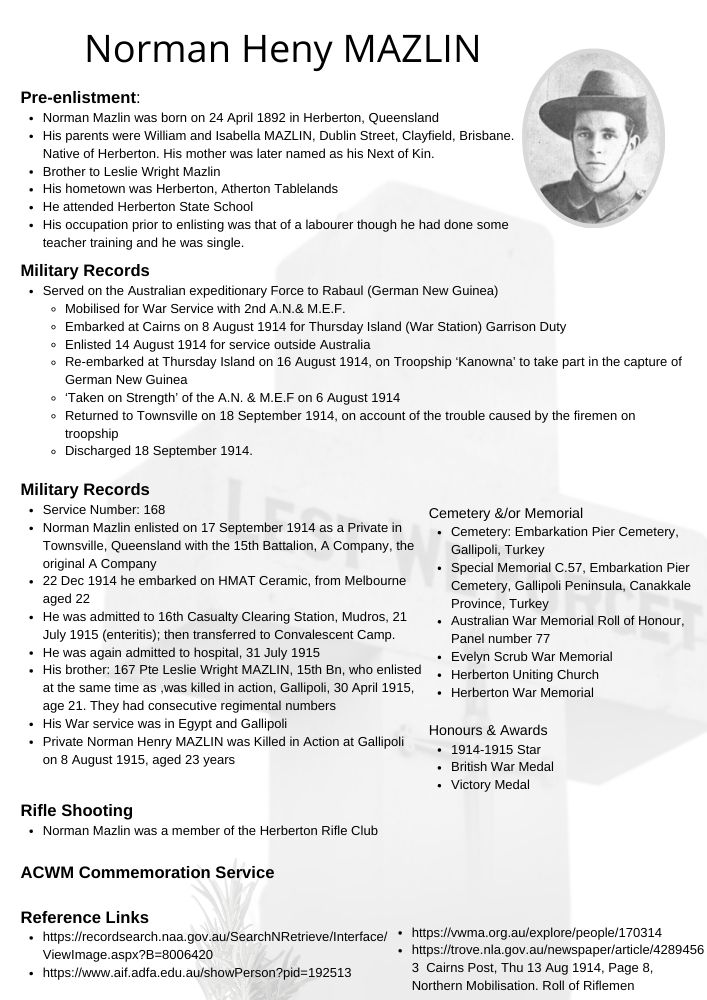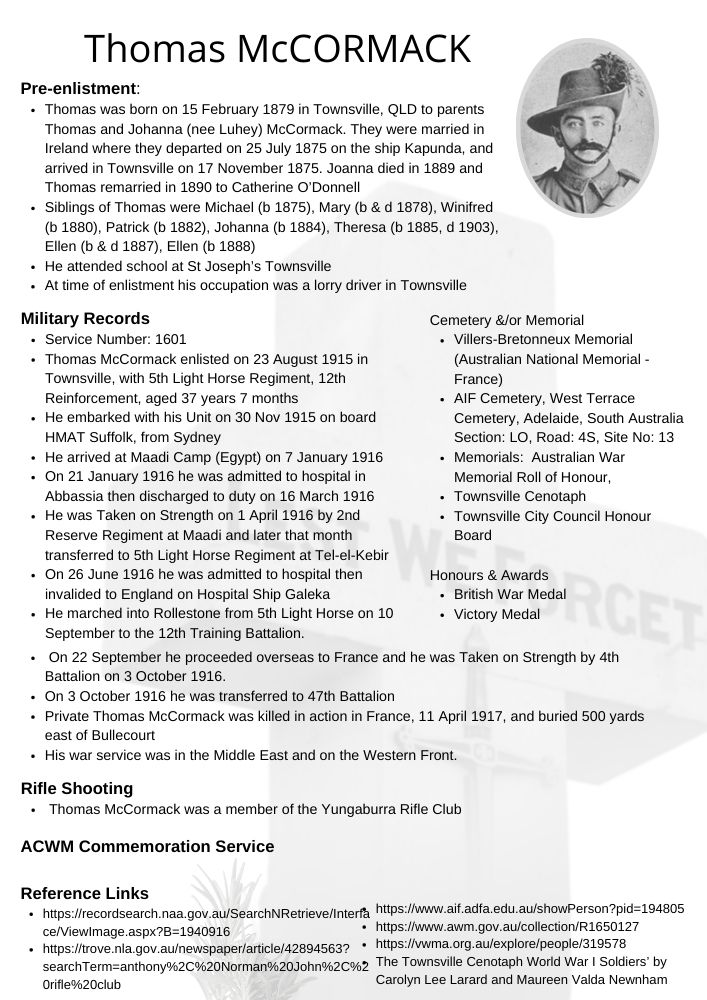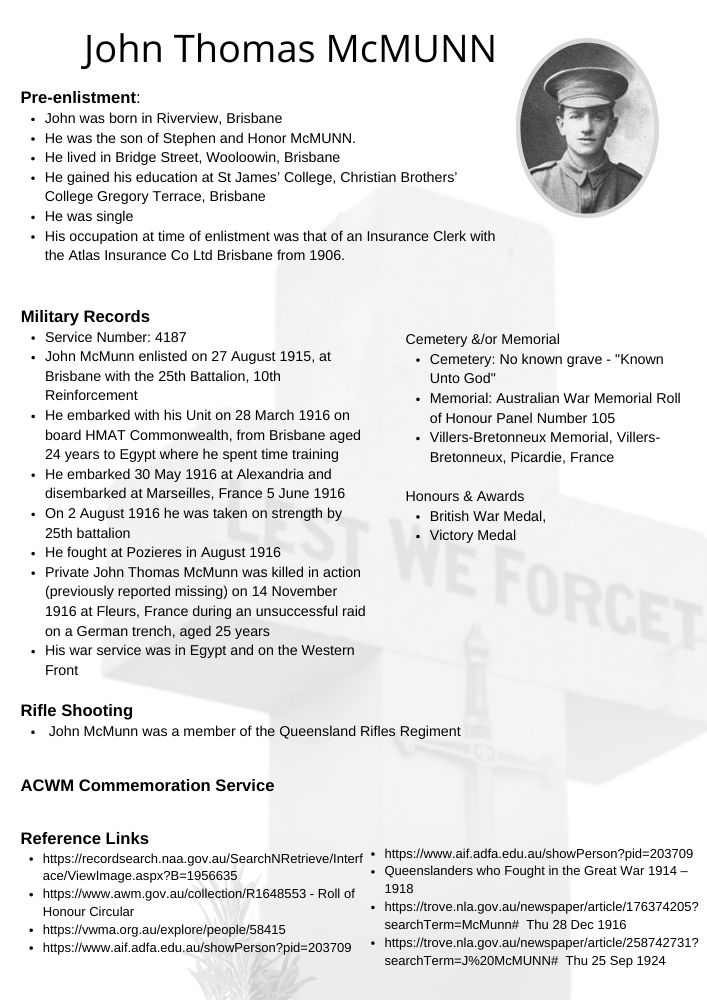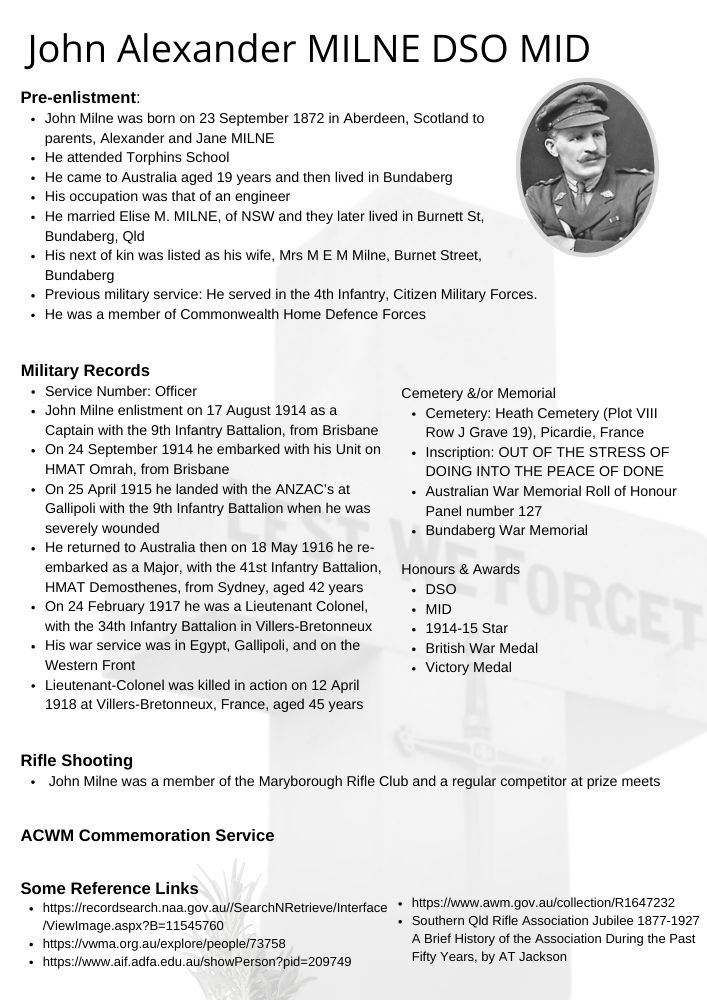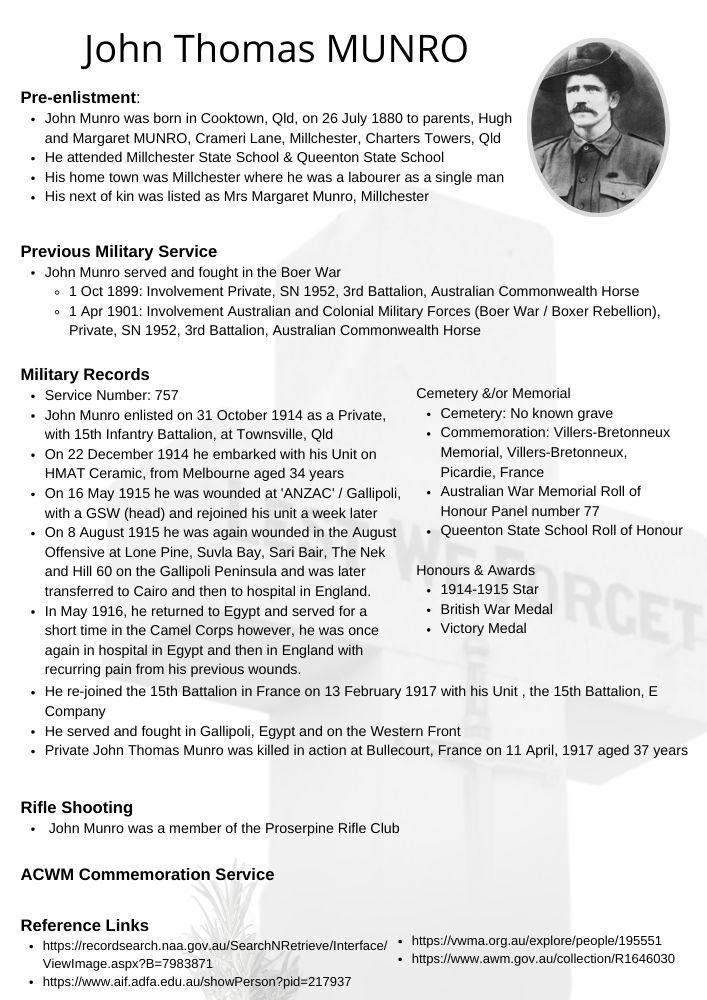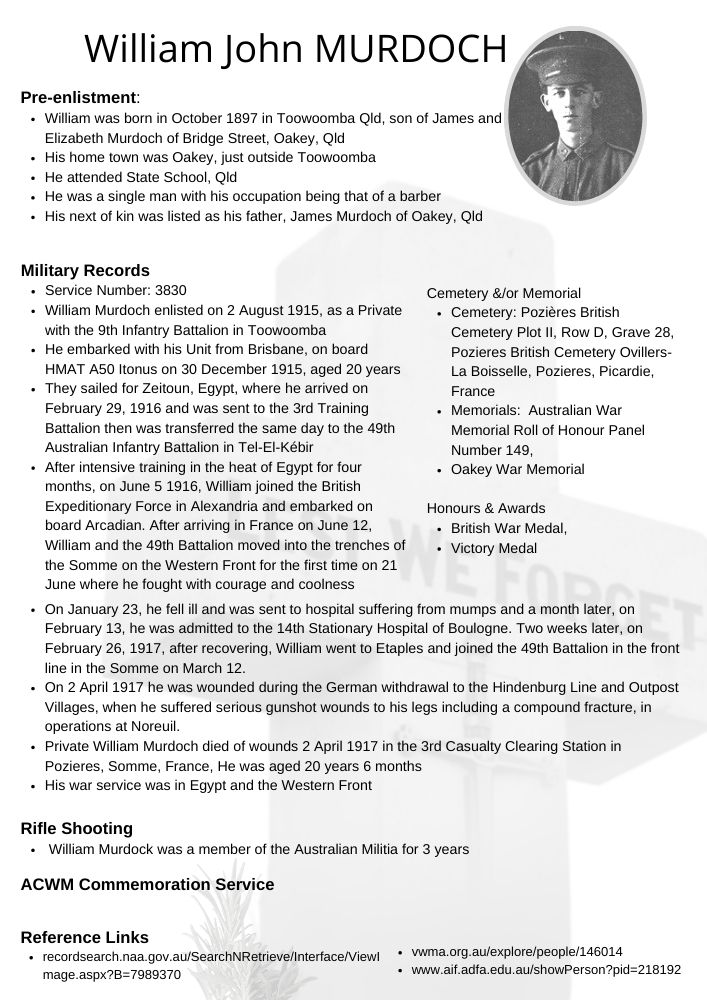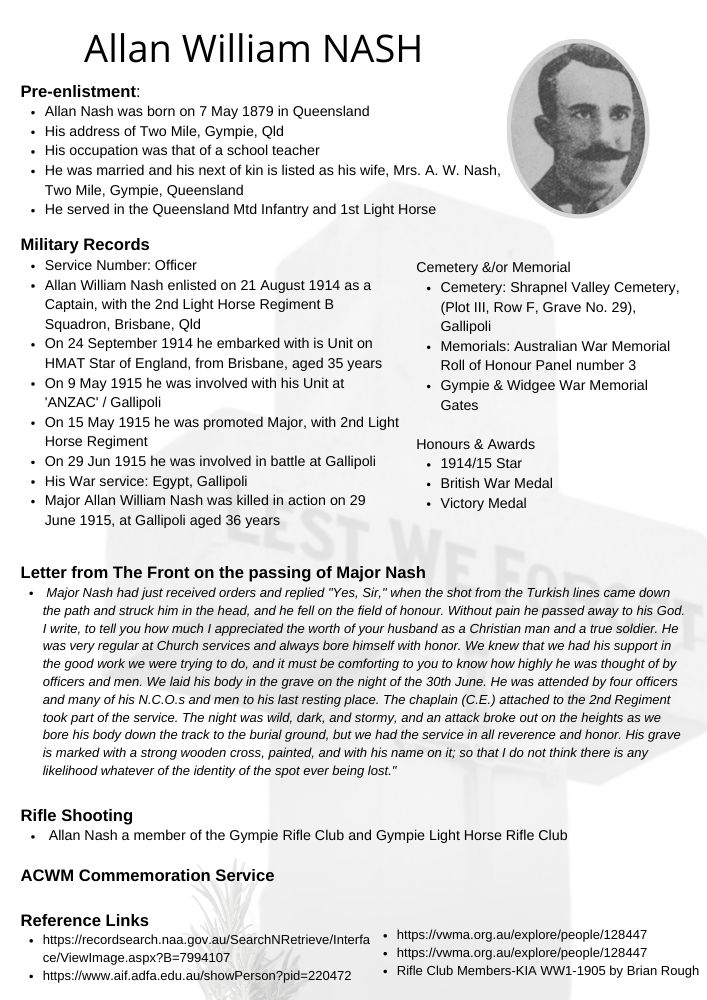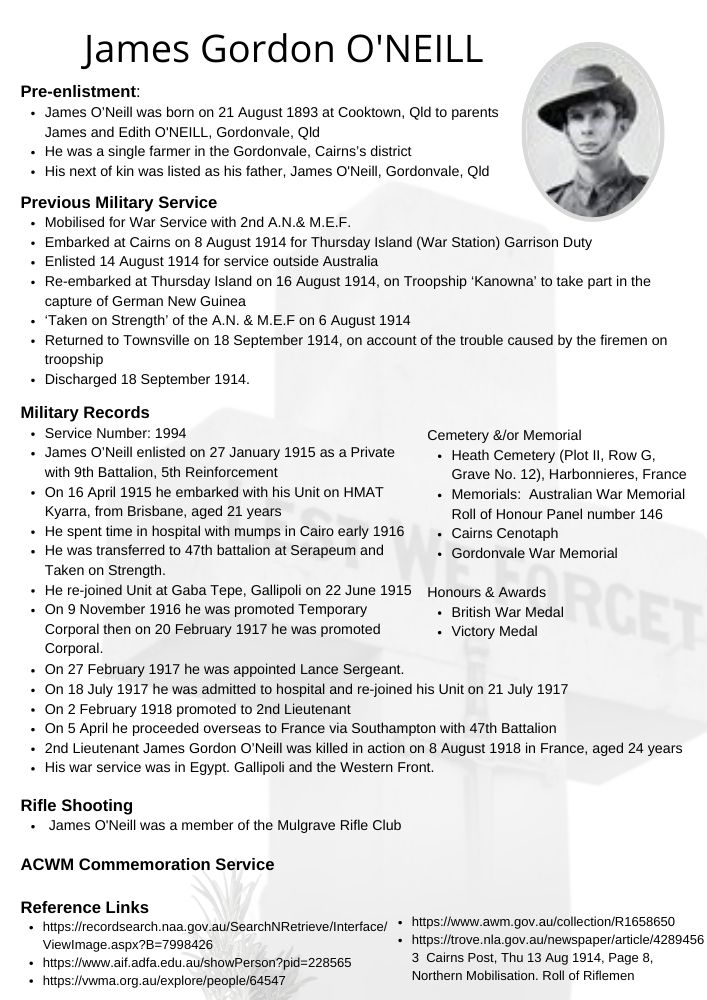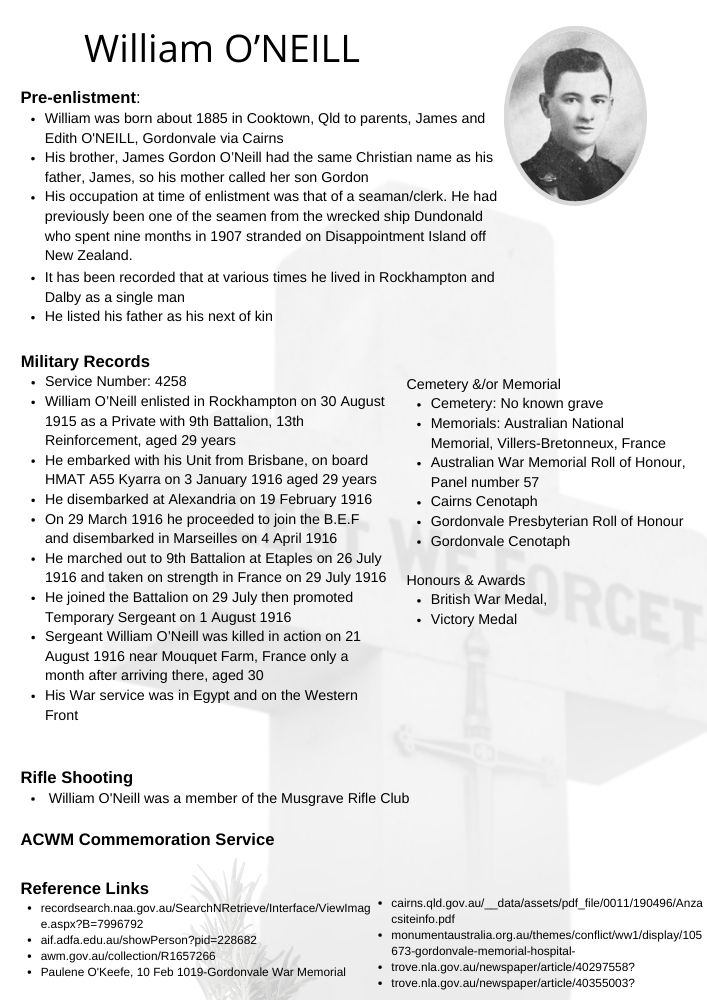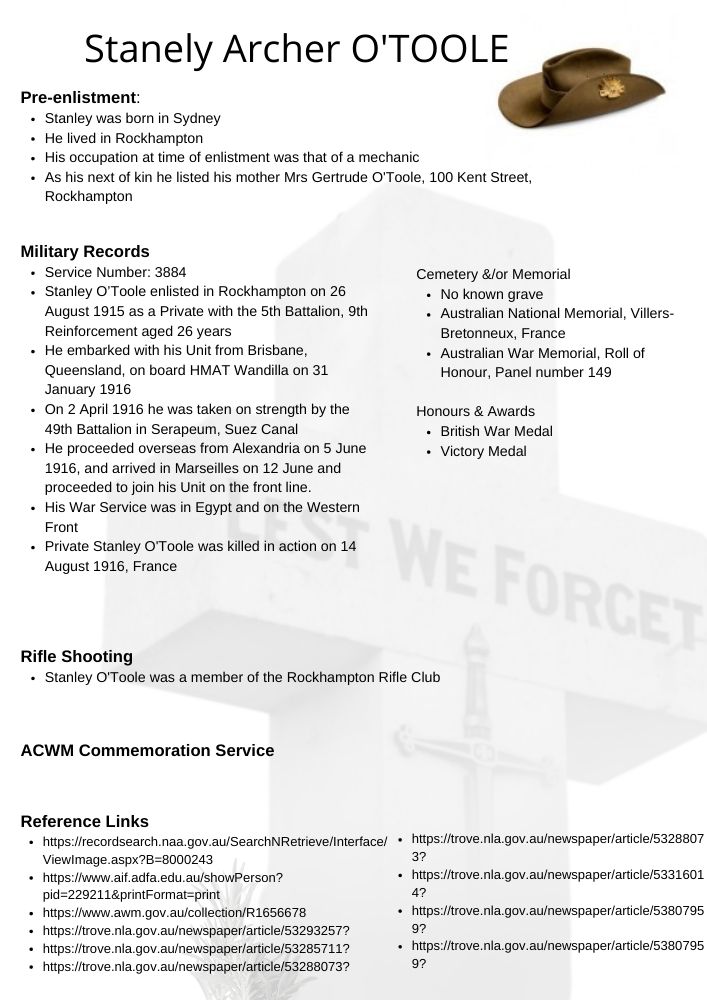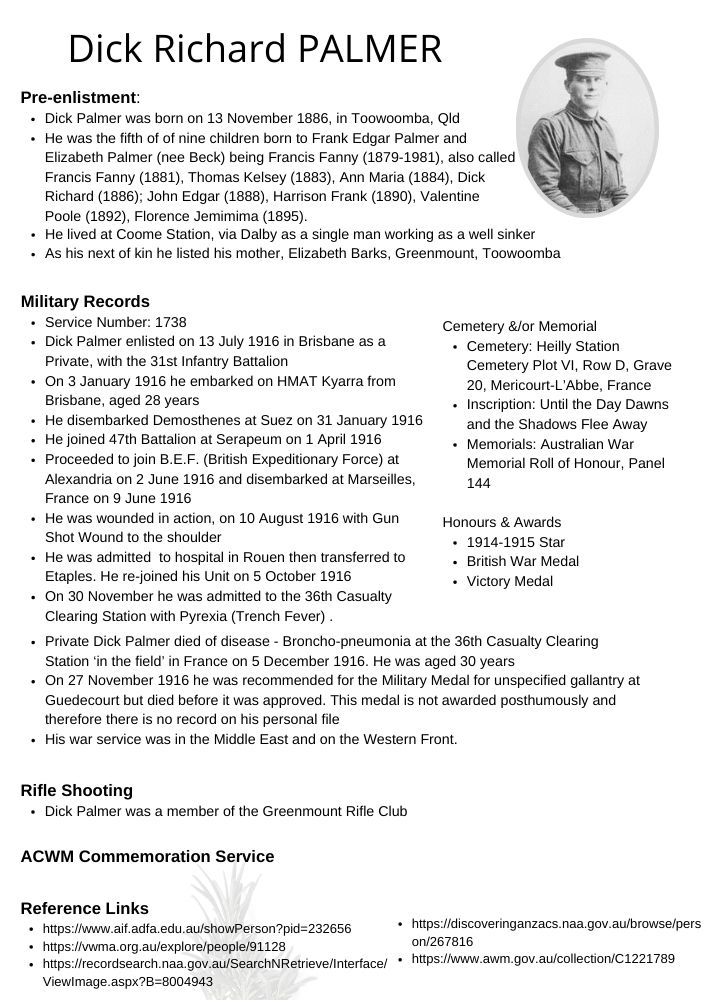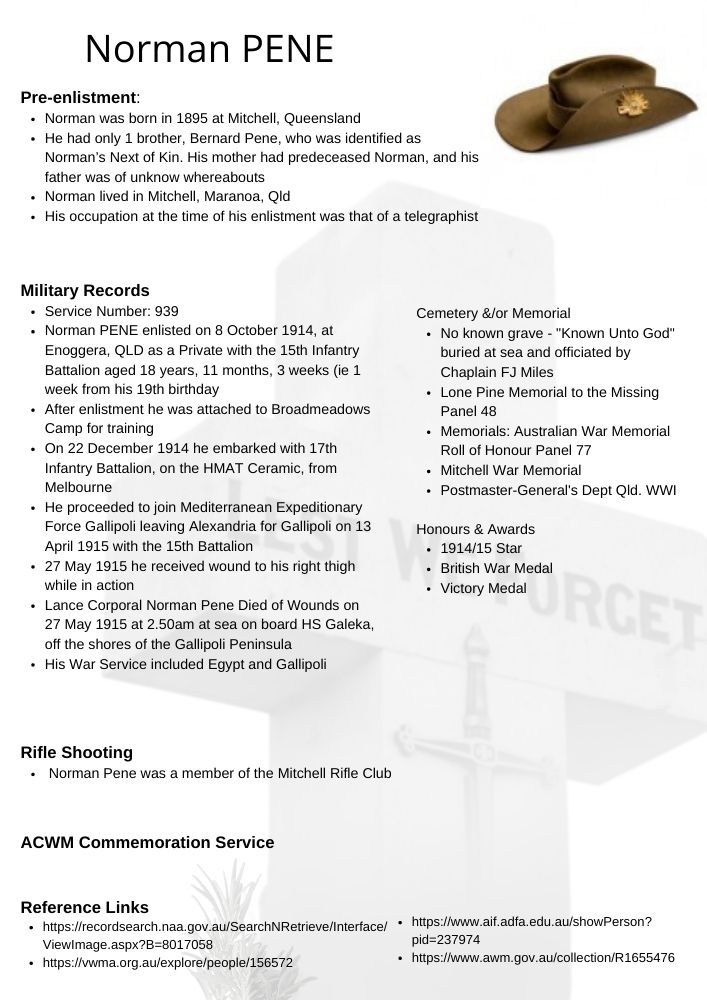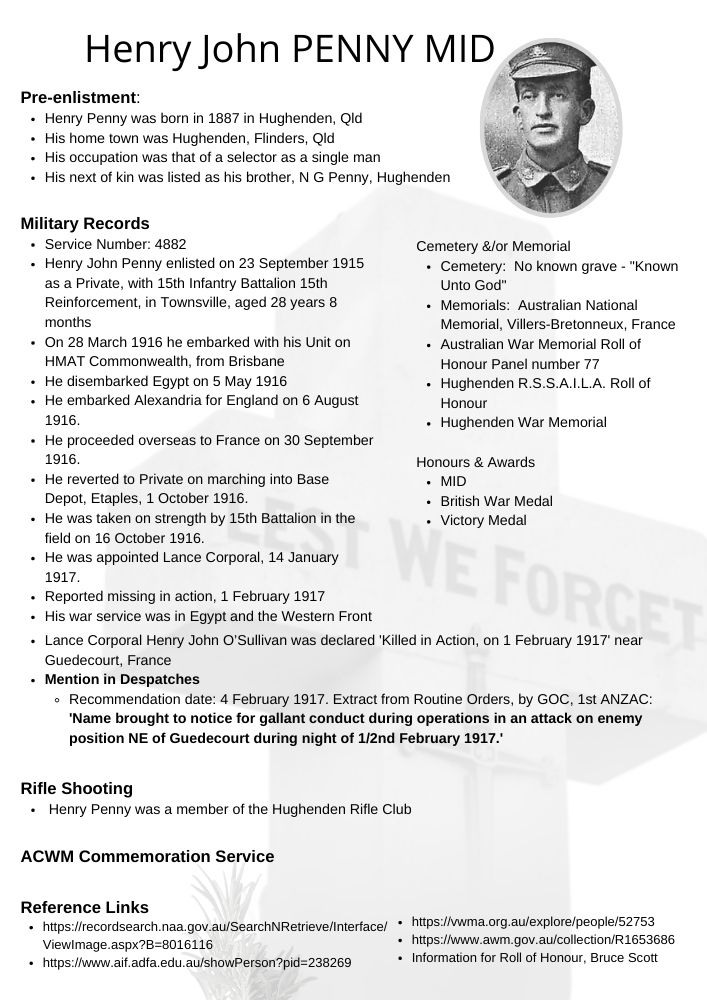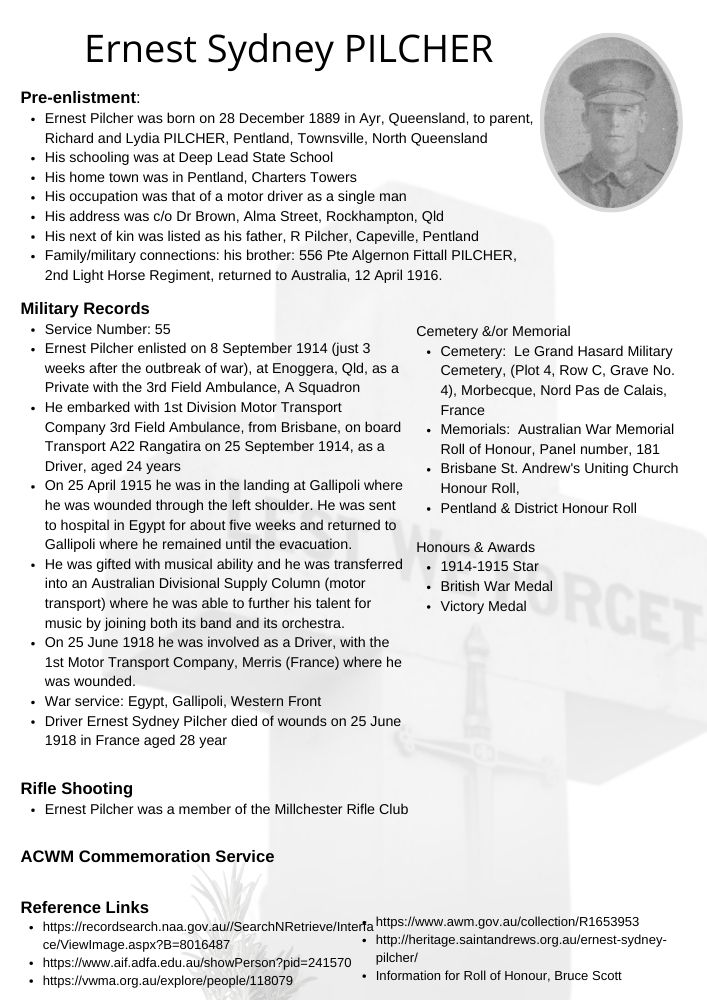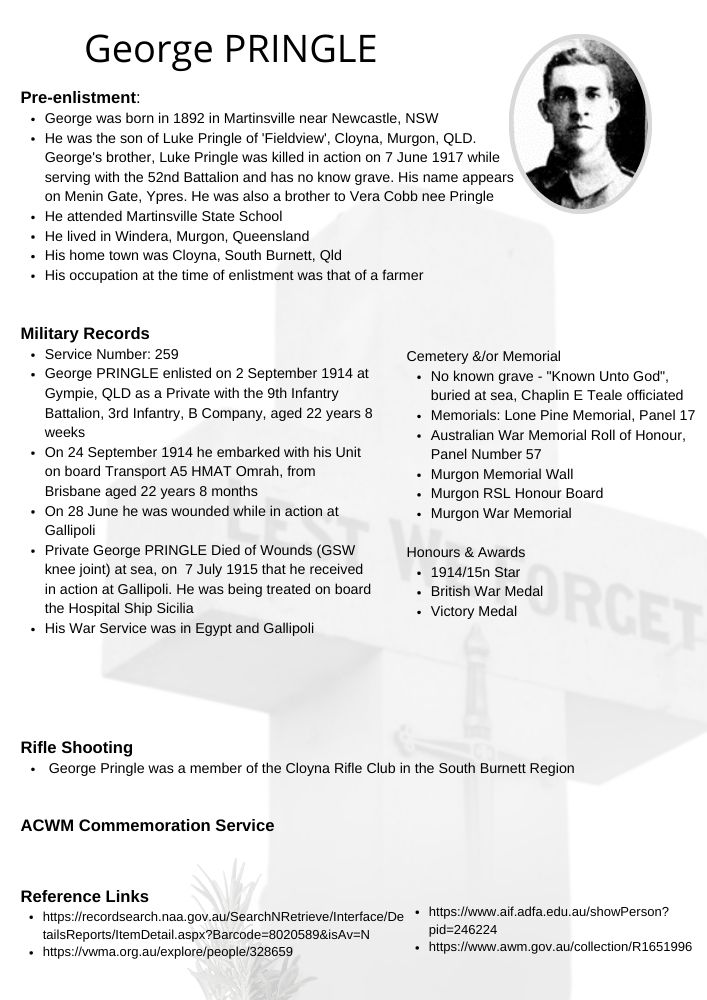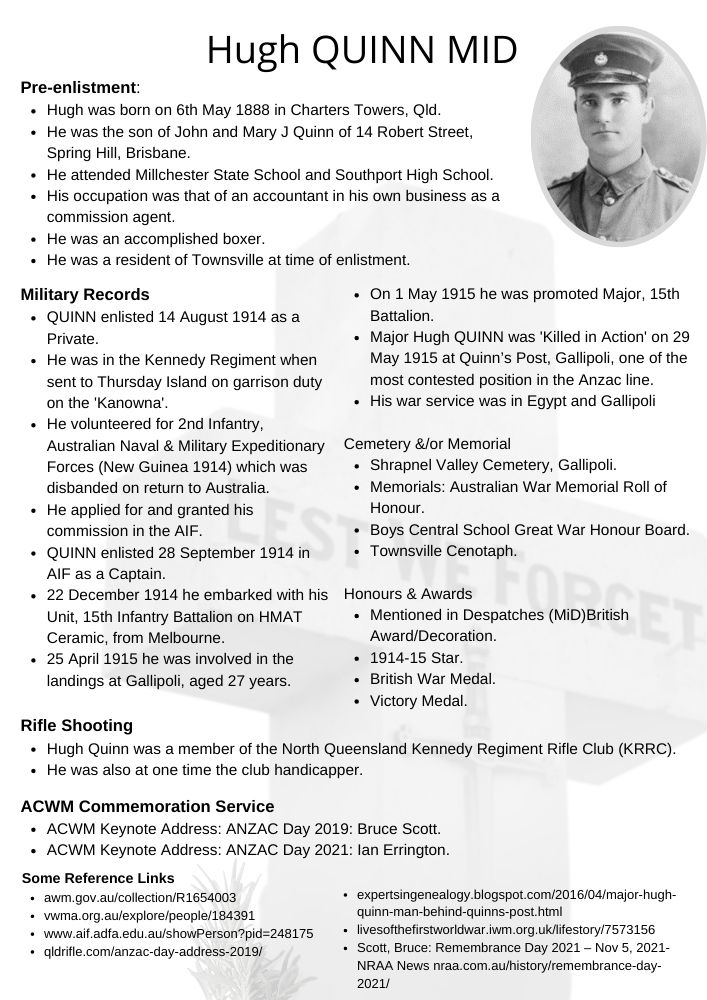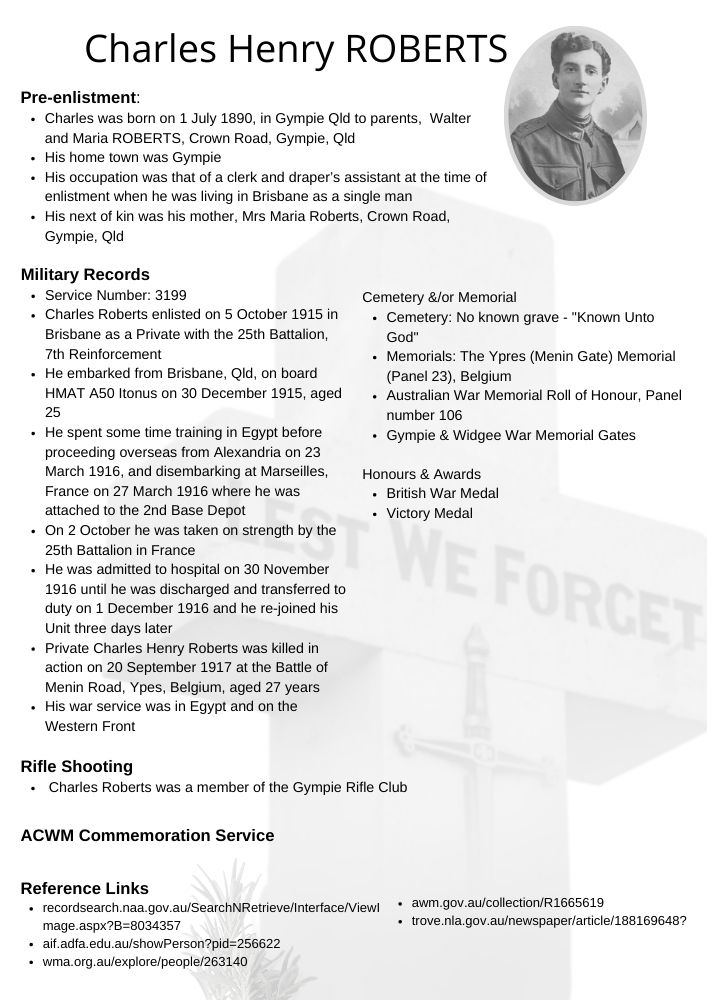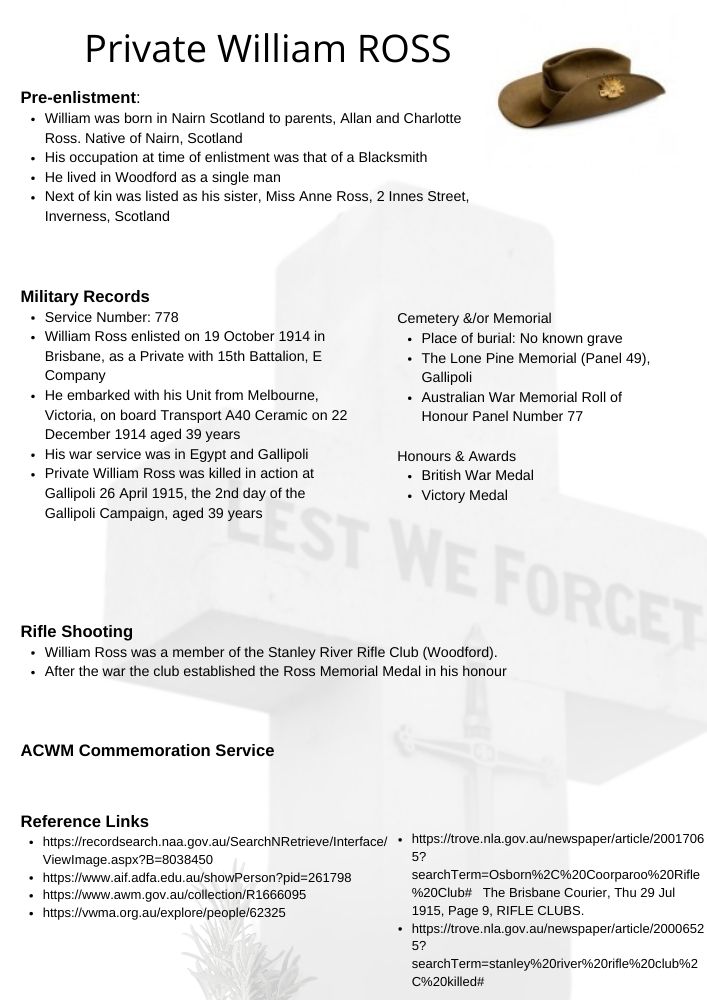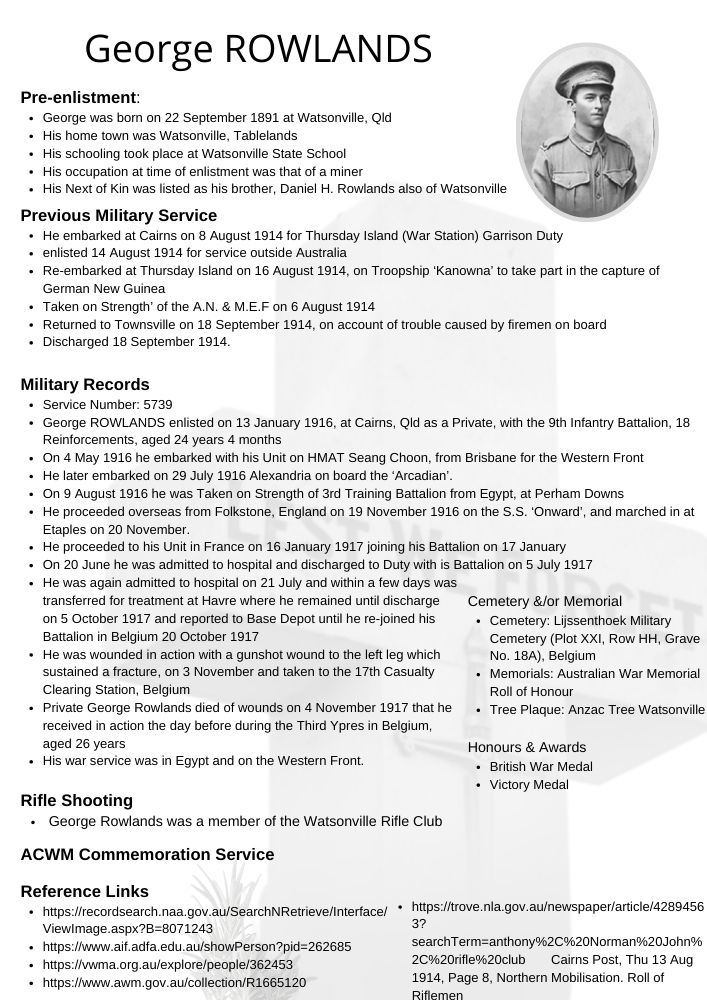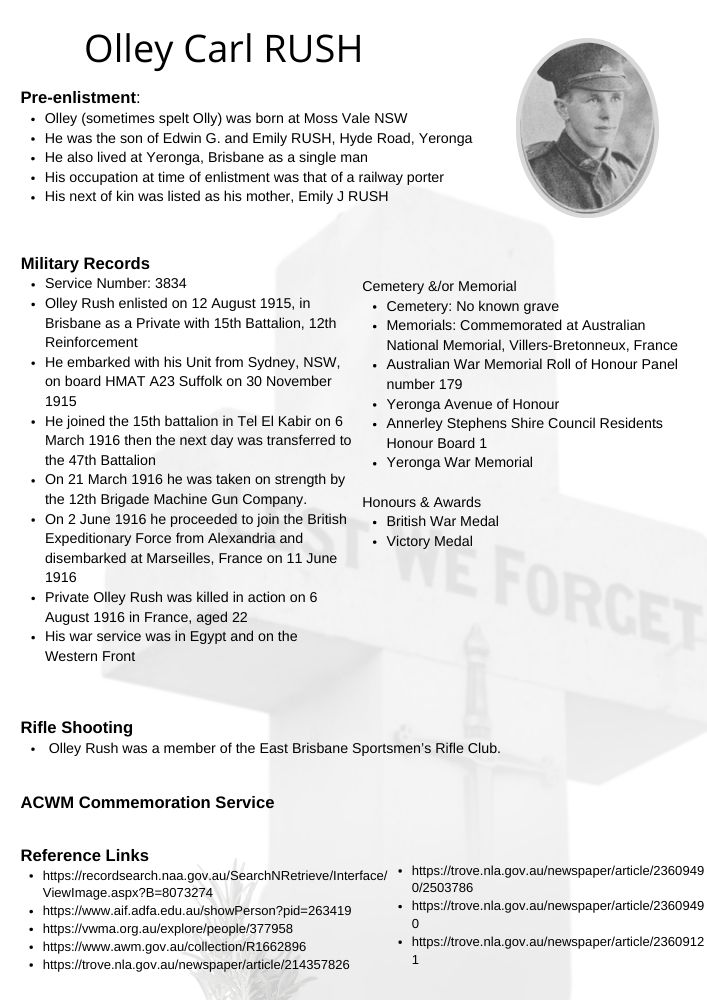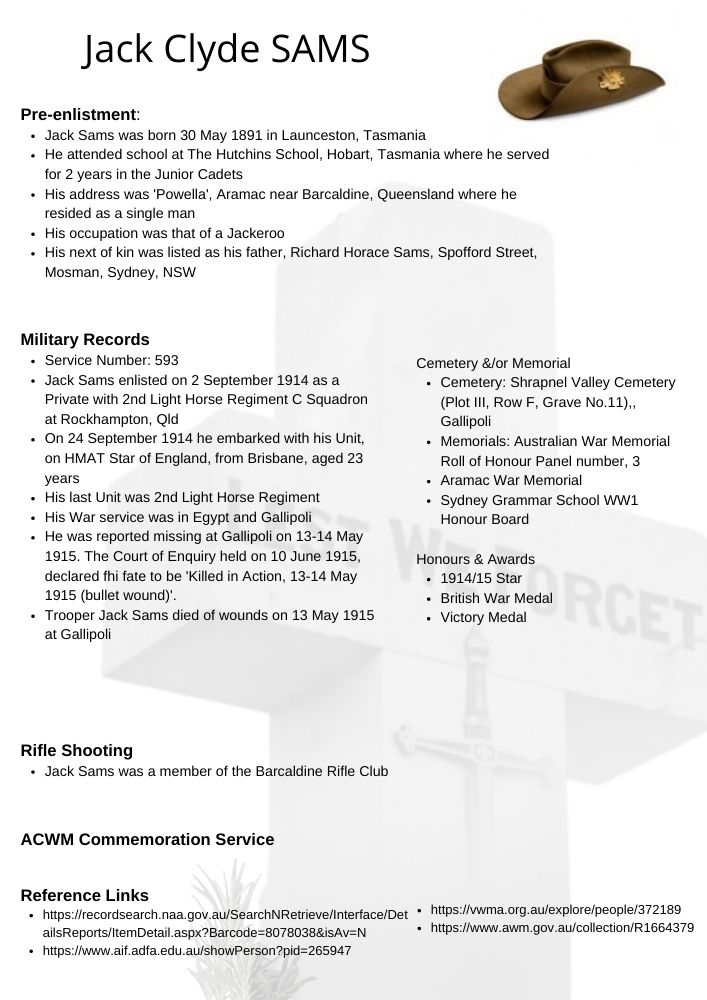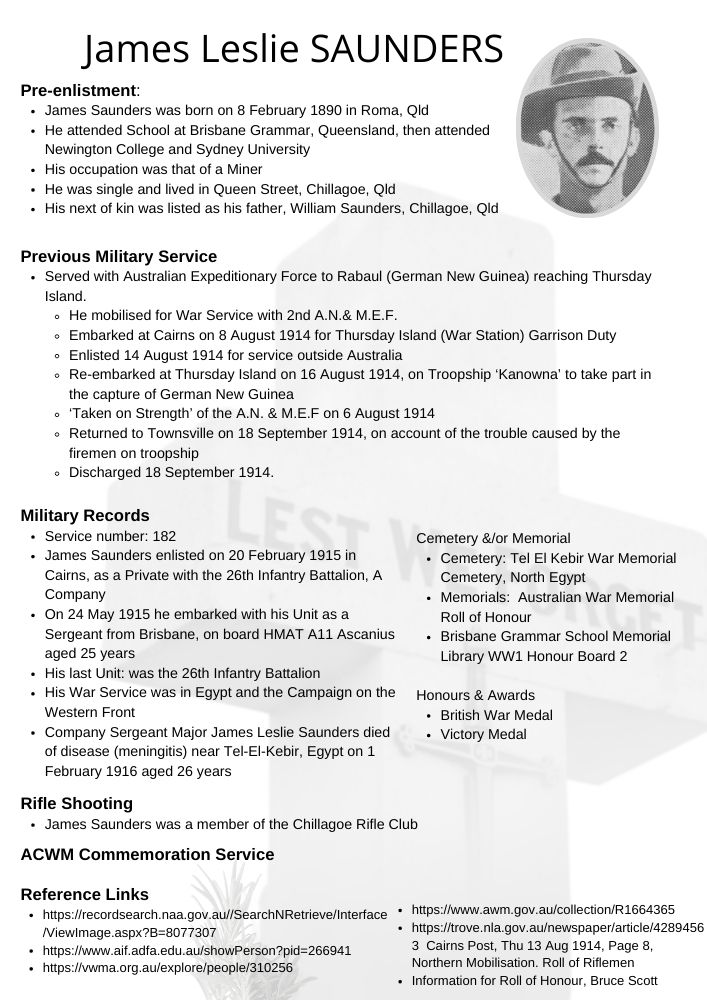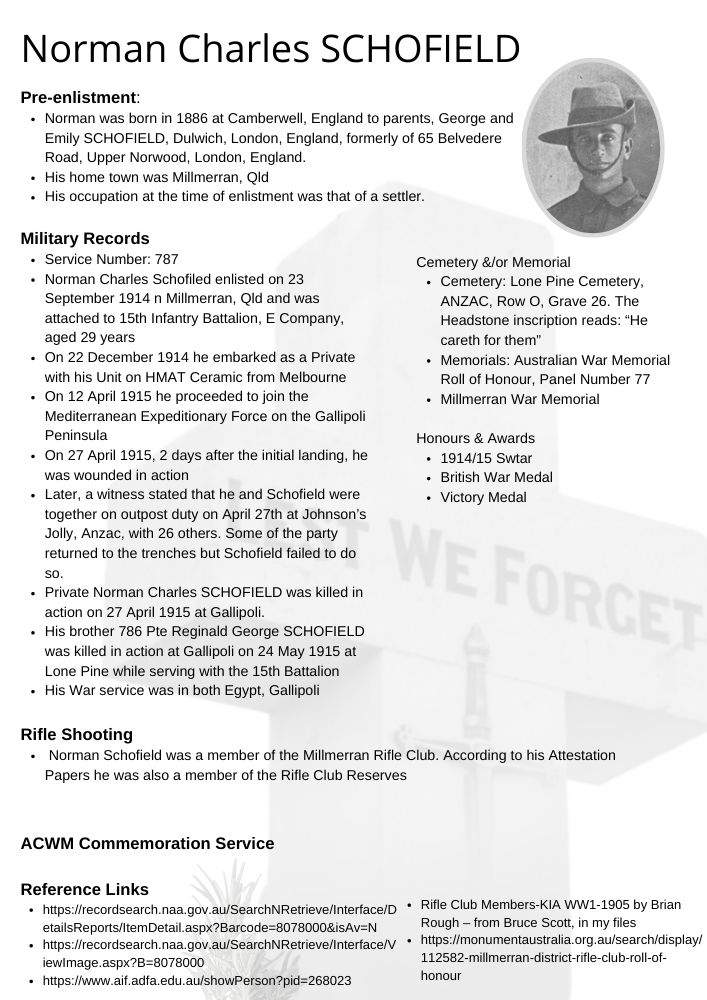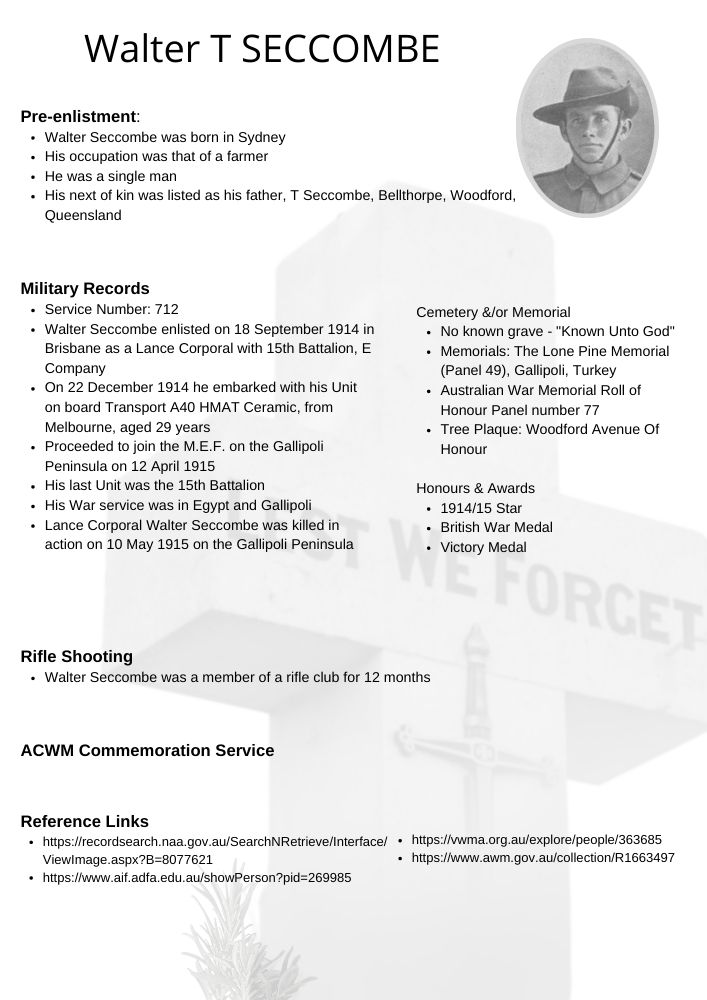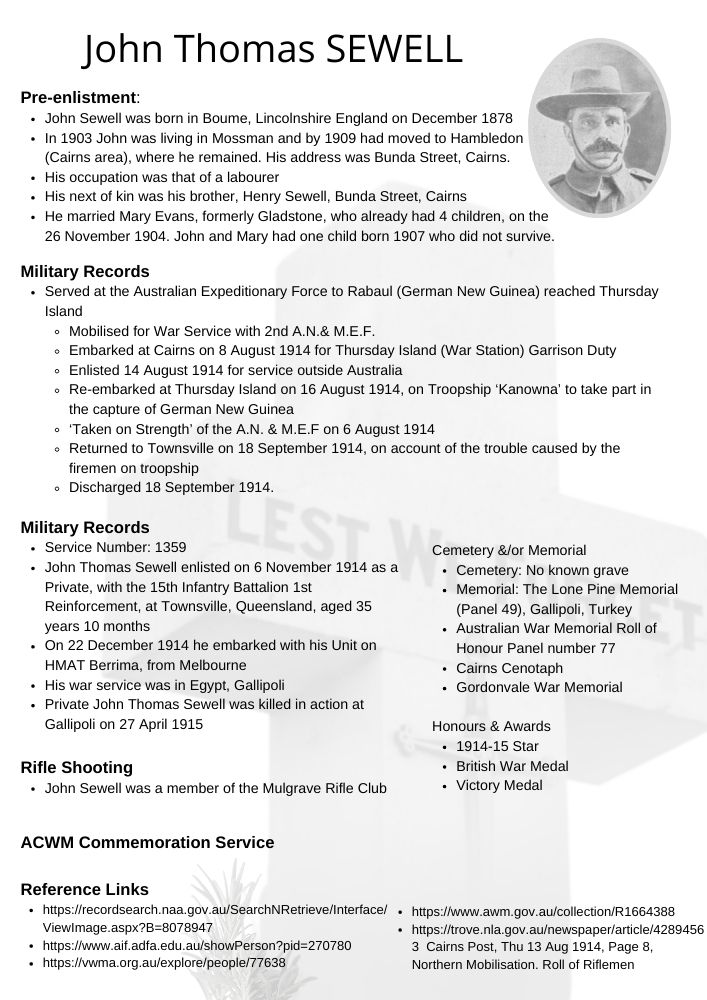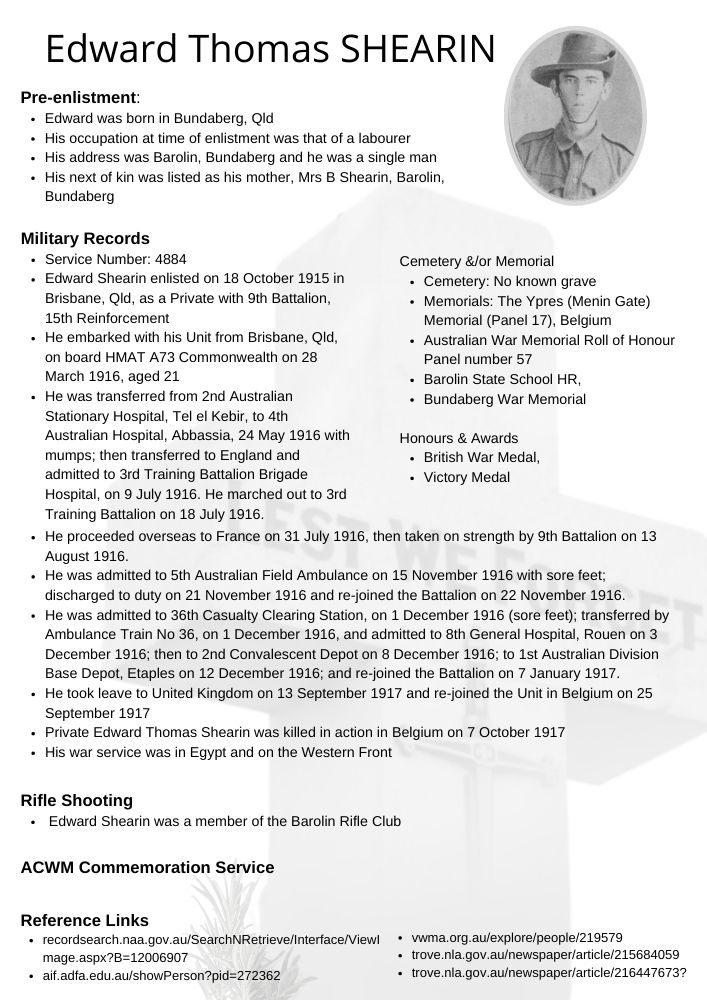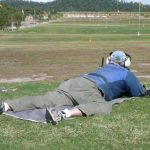THE MIDDLE EAST CAMPAIGN
The Middle East Campaign
Most of the Australian Imperial Force (AIF) went to France in 1916 after the Gallipoli Campaign. But the mounted units remained in Egypt to continue the fight against the Ottoman Army. The Ottoman threat to the Suez Canal ended with the Allied victory at Romani in August 1916. Then the Australians and other units in the Egyptian Expeditionary Force (EEF) advanced into Ottoman territory. In 1917, the troops entered Palestine. In 1918, the EEF advanced into modern-day Jordan and Syria. The campaign ended on 31 October 1918, a few weeks after the capture of Damascus.
The Battle of Beersheba, decided by a daring Light Horse charge, has dominated accounts of the Third Battle of Gaza. In 1917, at Beersheba (Be’er Sheva in current day Israel) was a heavily fortified town 43km from the Turkish strong point of Gaza. It was on the right flank of an Ottoman defensive line that stretched back to the Mediterranean coast and became the scene of the historic charge by the 4th Australian Light Horse Brigade on 31 October 1917.
Allies launch attack at dawn on 31 October
The Allies launched their attack at dawn on 31 October, but by late afternoon British forces had made little headway toward the town — and its much-needed wells. General Harry Chauvel, commander of the Desert Mounted Corps, ordered the 4th Light Horse Brigade, under Brigadier William Grant, forward in an attempt to secure the position. Grant ordered the light horsemen of the 4th and 12th Regiments to charge the Turkish trenches. Using their long bayonets as ‘swords’, the momentum of the Light Horse charge carried them through the Turkish defences. The water supplies were saved. Over 1000 Turks were taken as prisoners of war. After more severe fighting, Turkish forces abandoned Gaza on 6 November 1917 and began their withdrawal.
The unconventional approach was a success—the town and its wells were secured, providing the 60,000 allied troops with access to the region’s only dependable source of water. However, 31 men from the Light Horse lost their lives and an additional 36 were wounded. At least 70 horses also died during the charge.
The occupation of Beersheba was the beginning of the end for the Turkish defensive line. The allied forces were soon able to outflank the forces in Gaza, and the Turkish resistance in the long-contested city collapsed within the week.
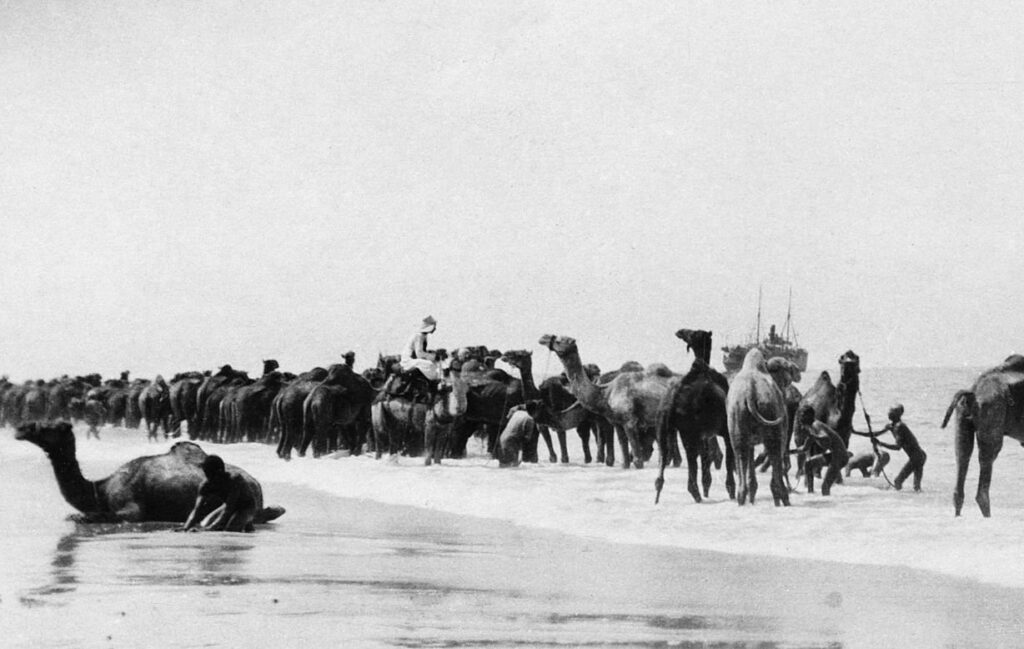
References & more information:
- Members of the Australian Light Horse unit commemorate 100-year anniversary of Battle of Beersheba – click here
- Sinai and Palestine Campaign 28 January 1915 to 31 October 1918 – click here
- The Battle of Beersheba – click here
The Importance of Egypt to the AIF
Egypt was very important for the AIF during WWI for two main reasons. Many training camps were set up in Egypt for rapidly recruited troops before they were moved into active duty at Gallipoli. It also became important for troops to be sent there after leaving Gallipoli either for medical treatment or for leave before going to the Western Front.
Quick Links
Our Location
Belmont Shooting Complex
- 1485 Old Cleveland Road, Belmont Qld, 4153
- PO Box 38, CARINA QLD 4152
- 07 3398 4309
- qra@qldrifle.com
- Duncan Range Standing Orders - Refer to the office
- GIVEITASHOT & FSC registration is via RevolutioniseSport management
Quick Links
About Us
The Queensland Rifle Association fosters target rifle shooting and firearms training through our clubs. Different classes of rifle shooting are conducted by our Clubs under the Standard Shooting Rules (SSRs) of the National Rifle Association of Australia (NRAA).
NRAA Quicklinks
Our Location
Belmont Shooting Complex
- 1485 Old Cleveland Road, Belmont Qld, 4153
- PO Box 38, CARINA QLD 4152
- 07 3398 4309
- qra@qldrifle.com
- Duncan Range Standing Orders - Refer to the office
- GIVEITASHOT & FSC registration is via RevolutioniseSport management
